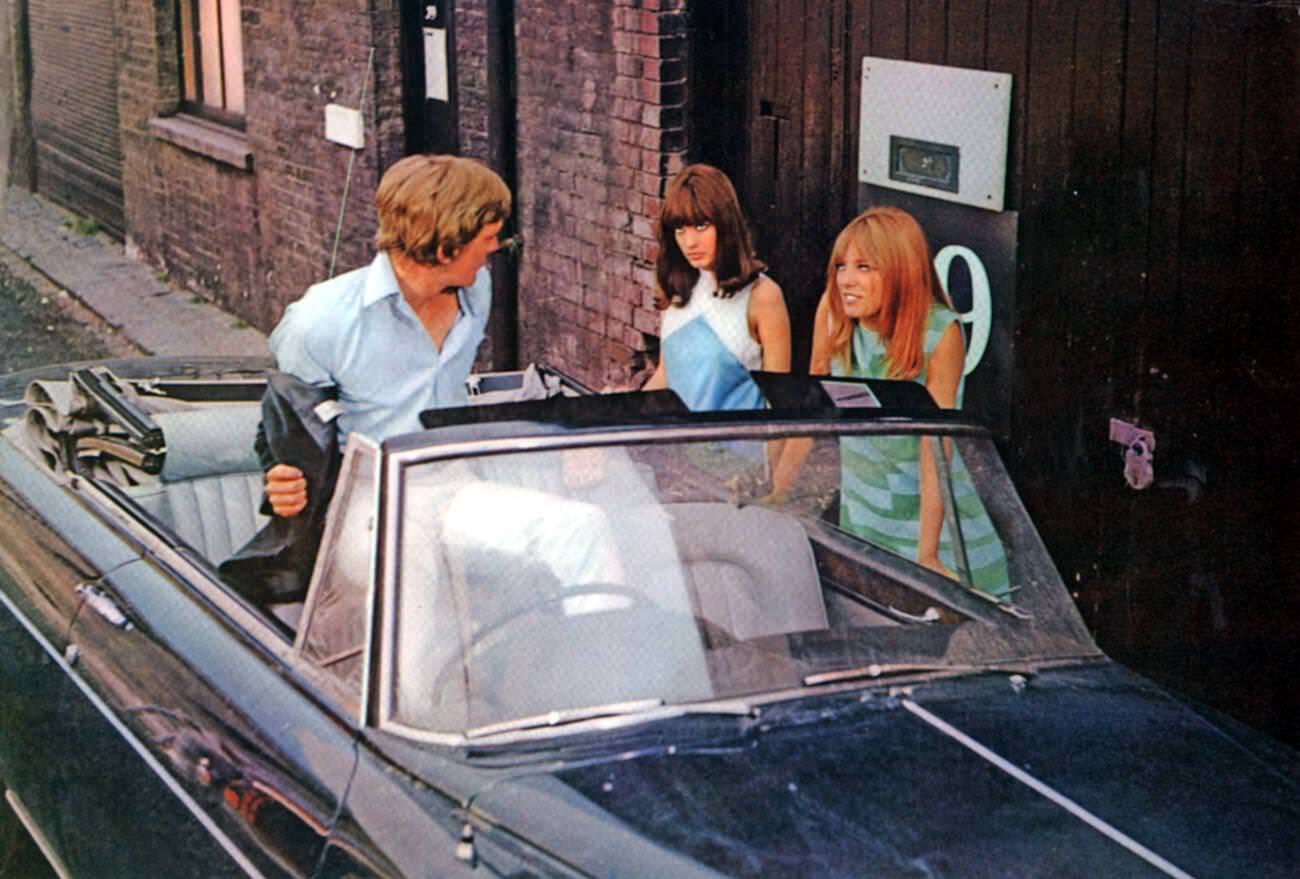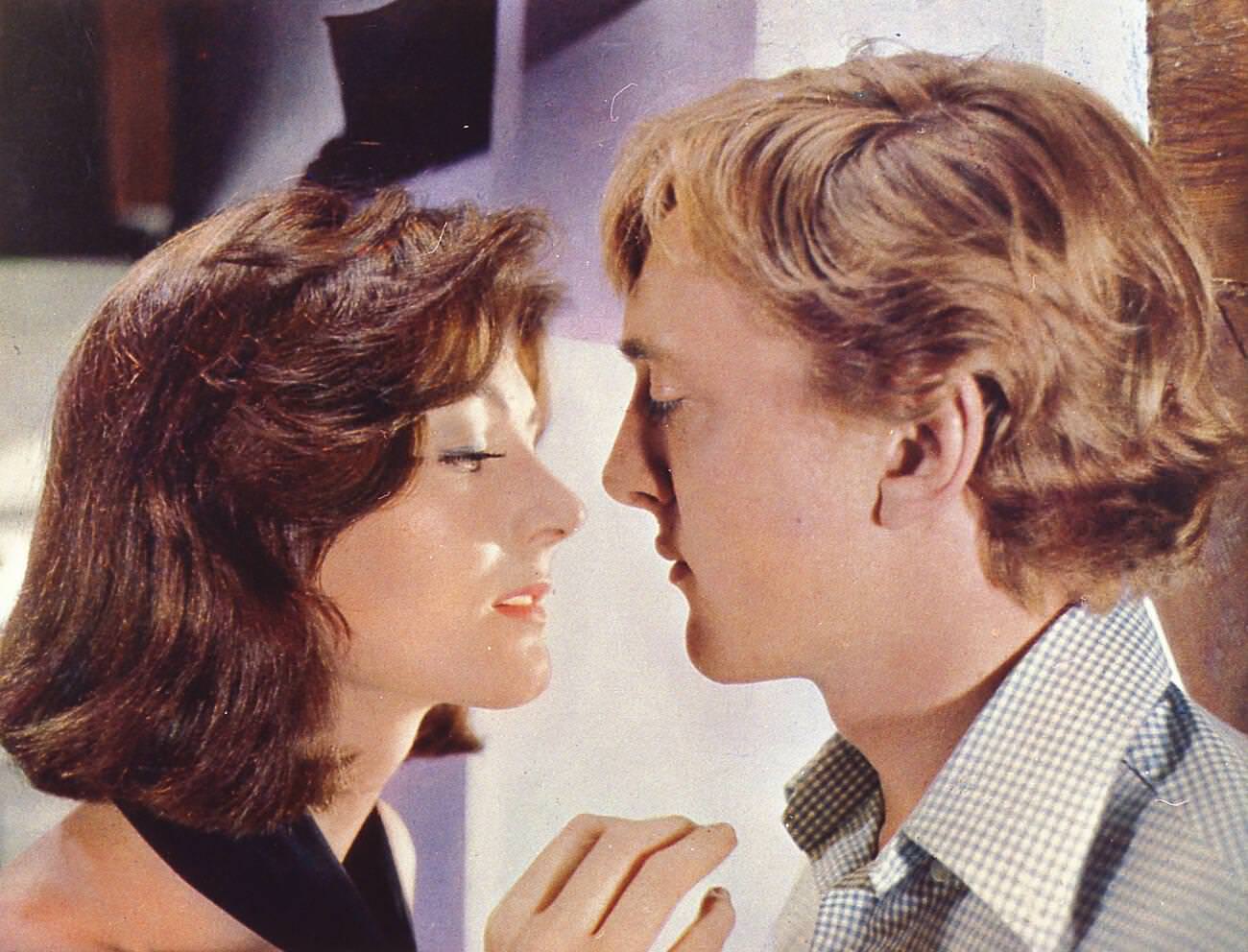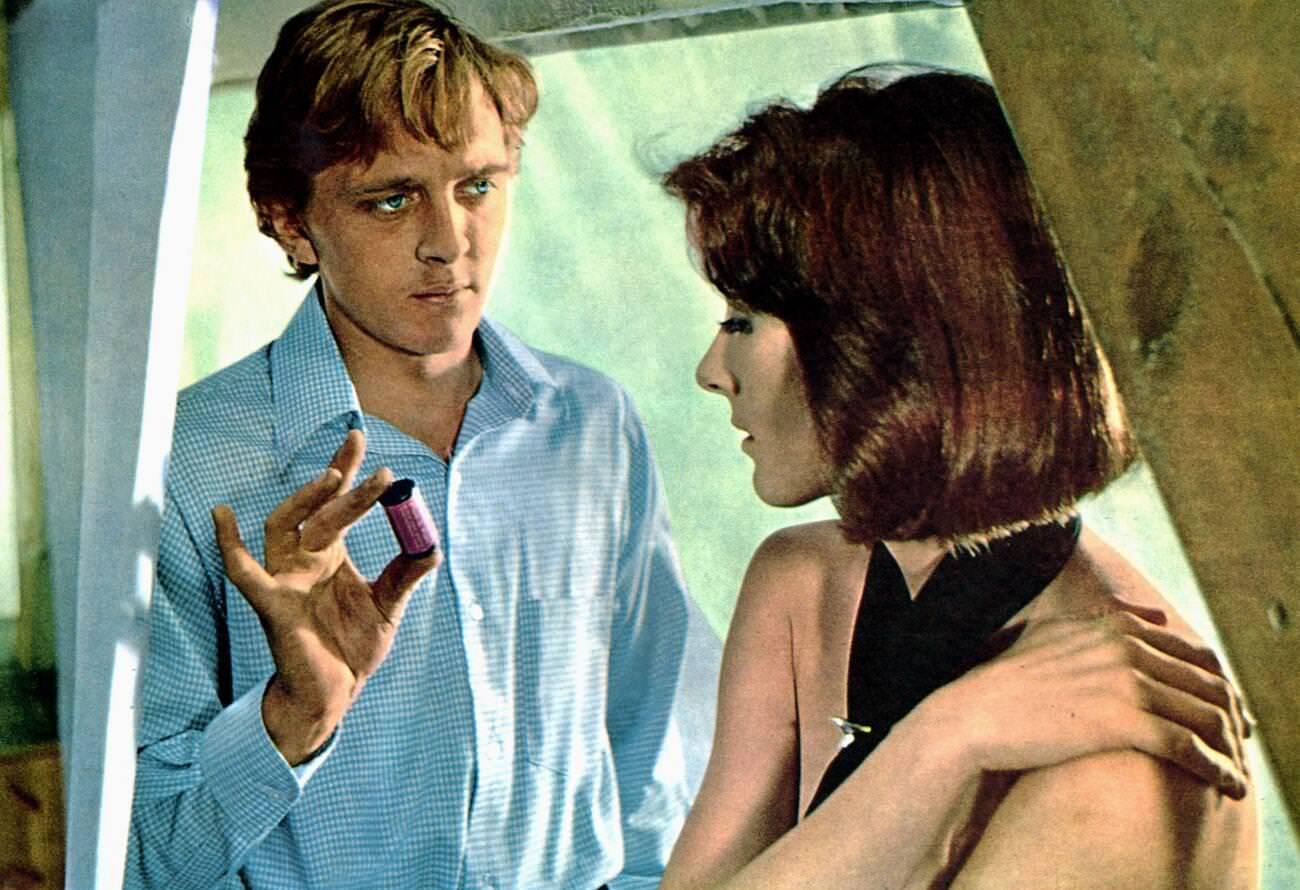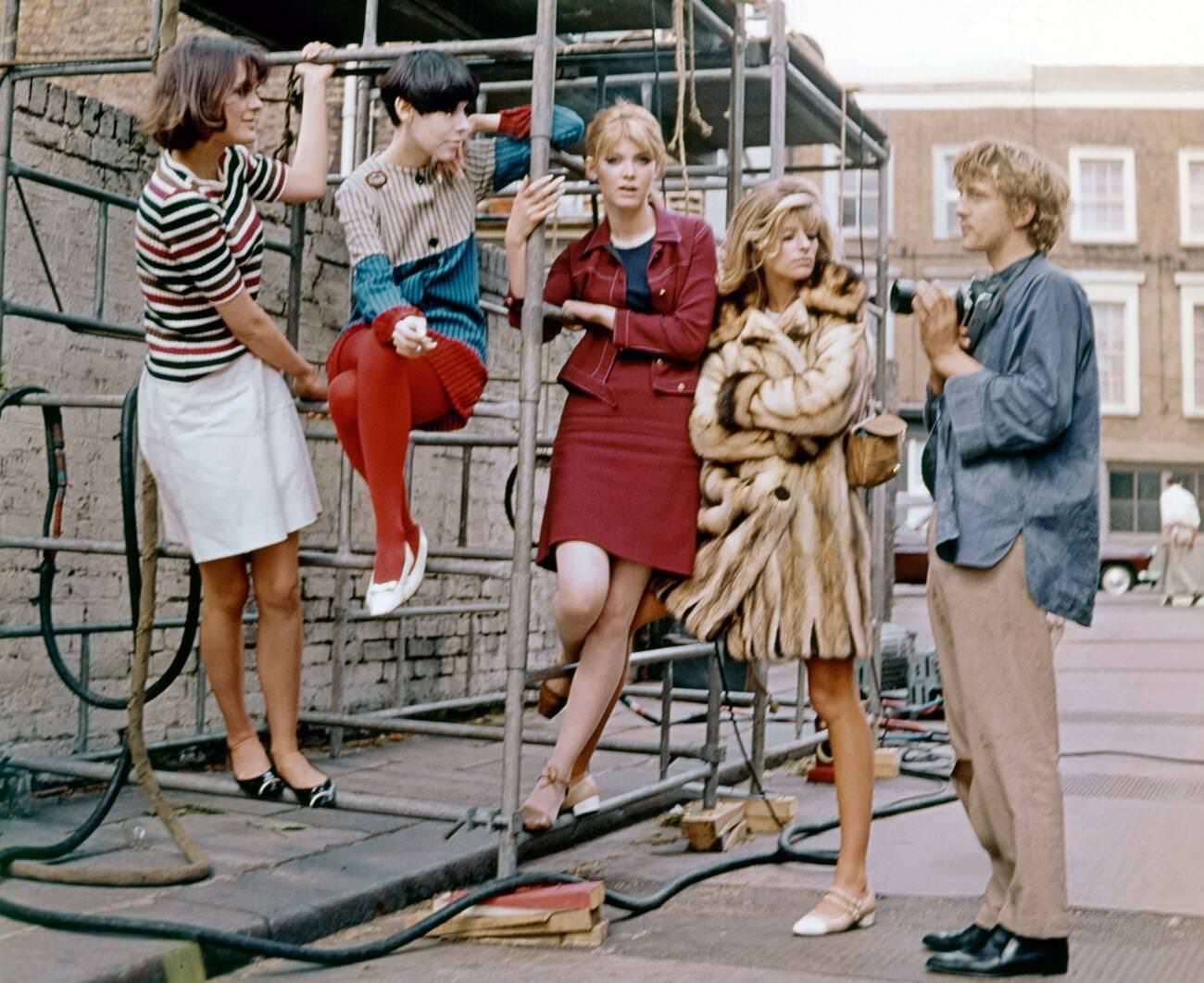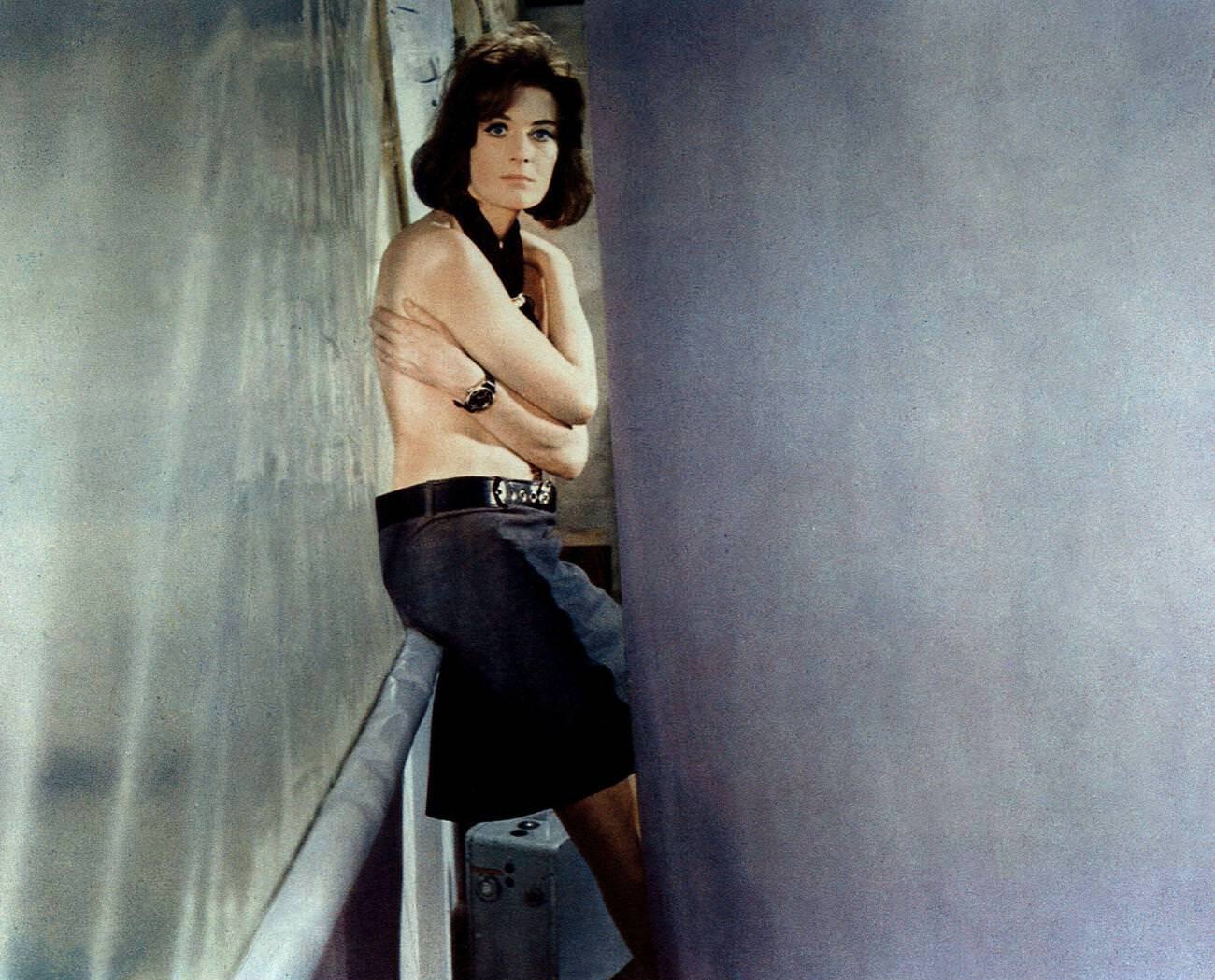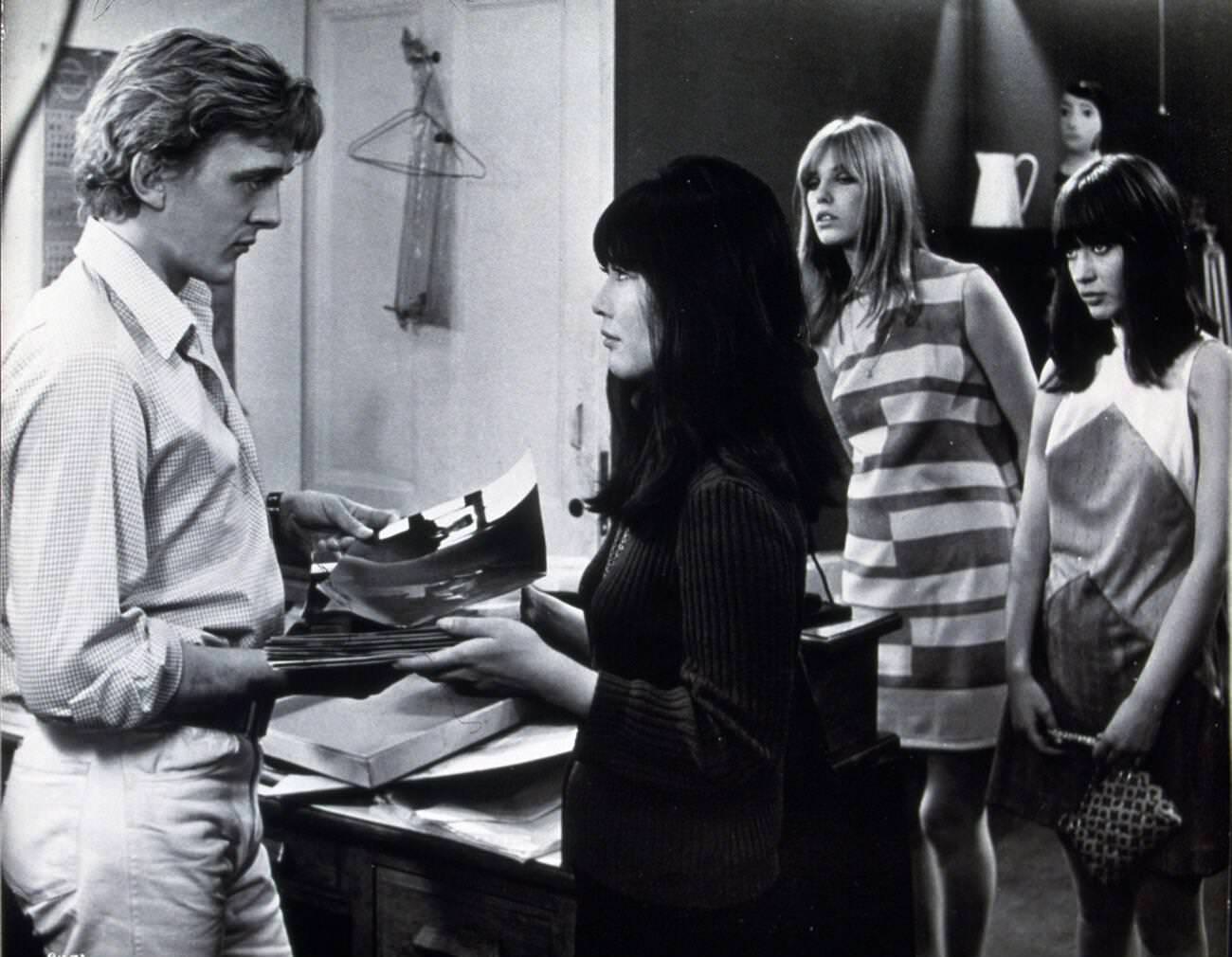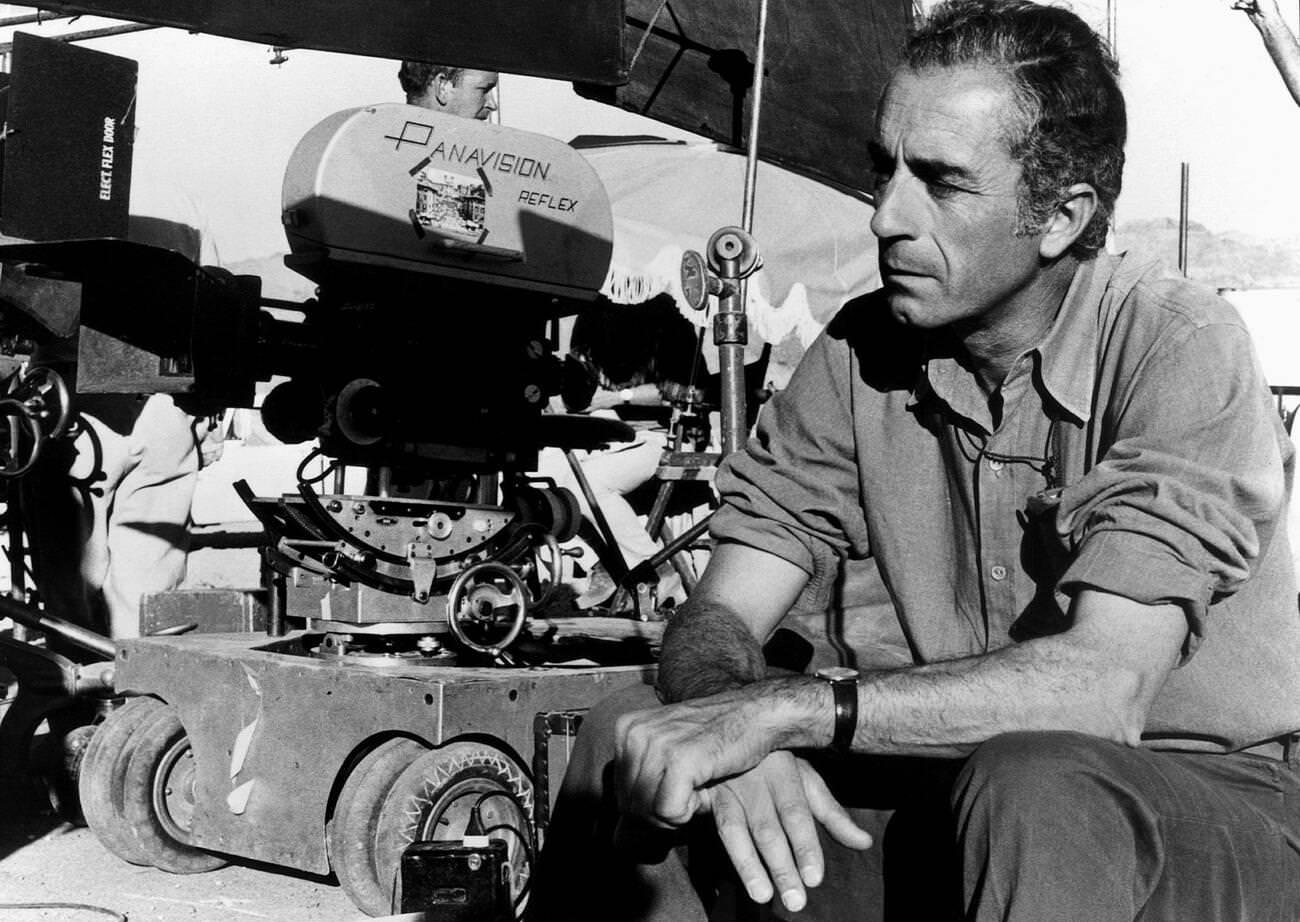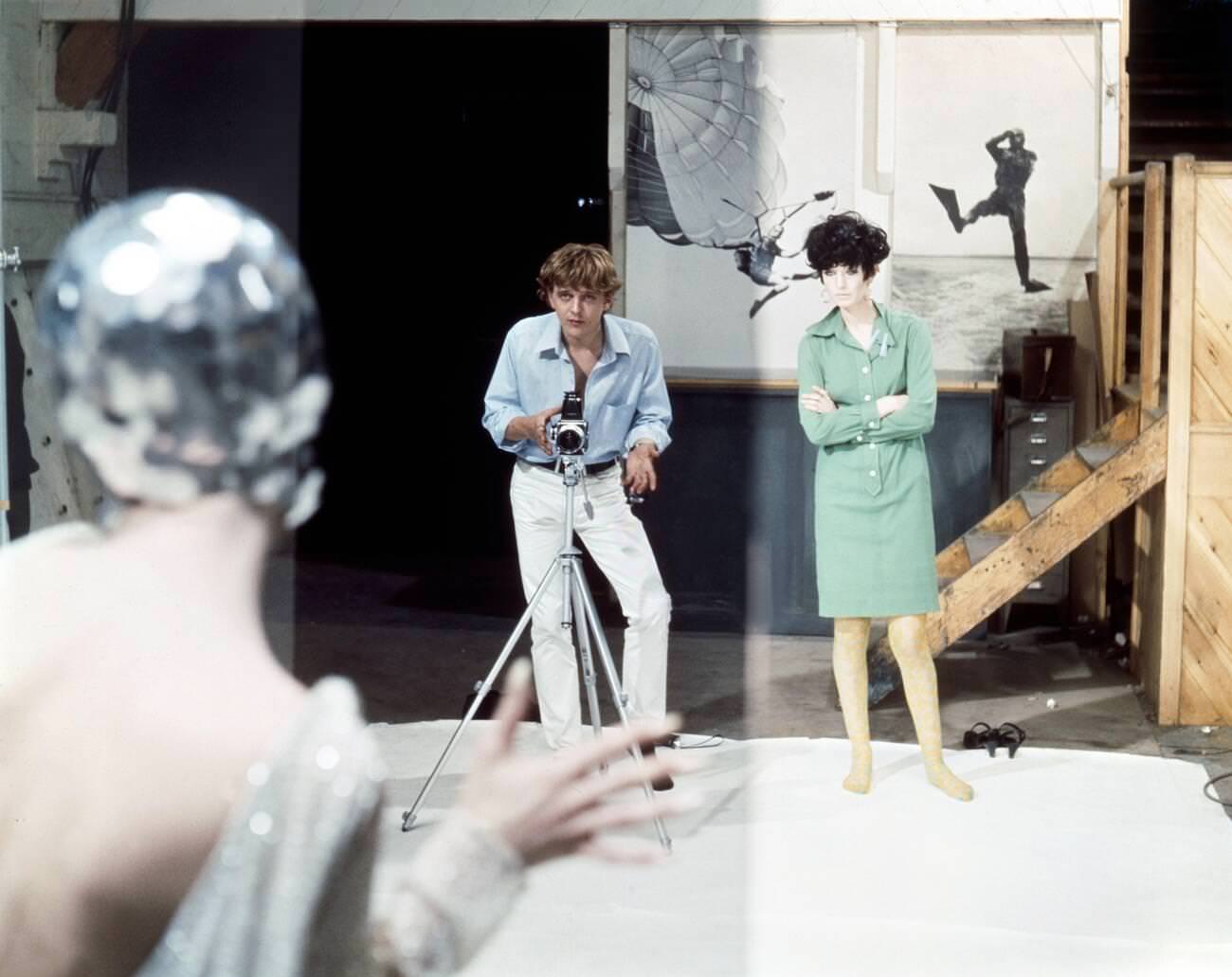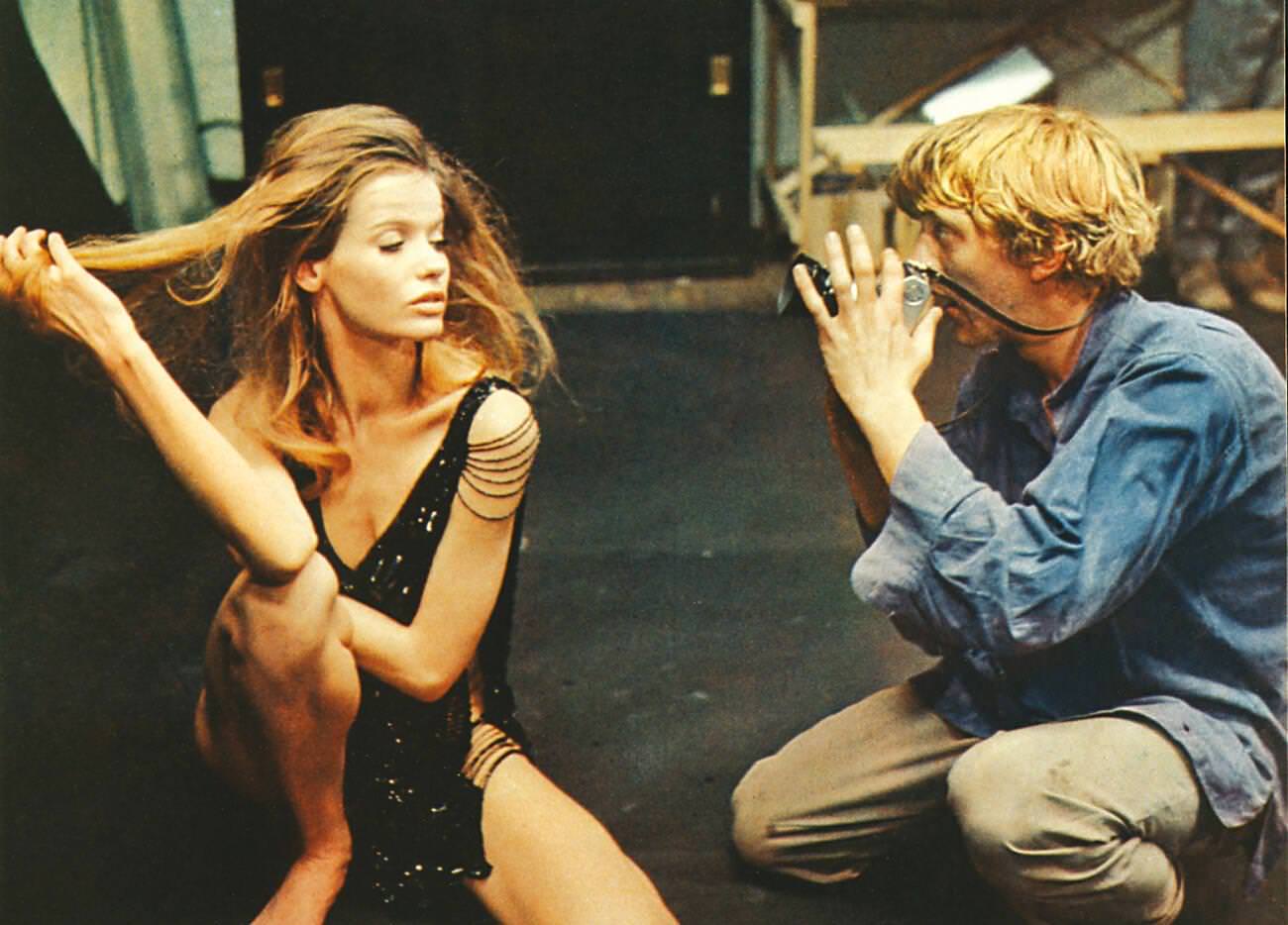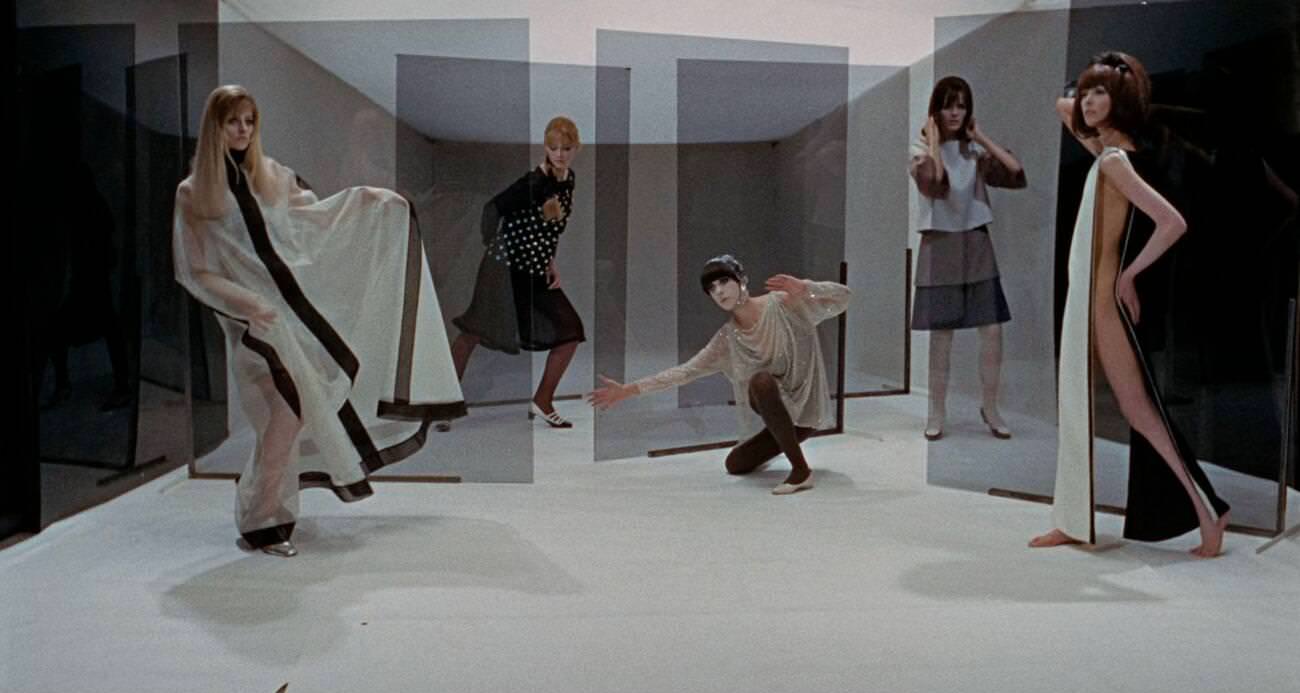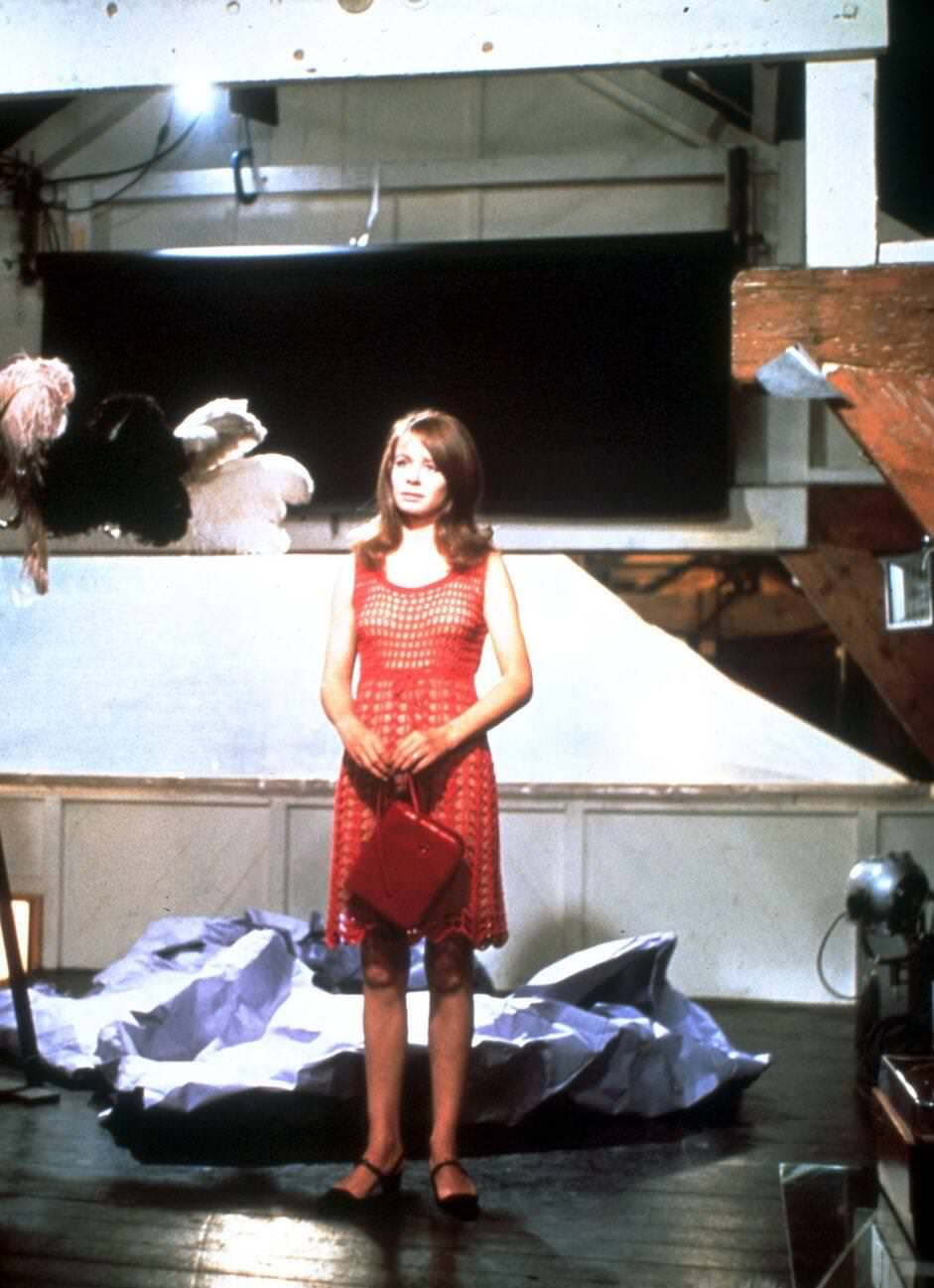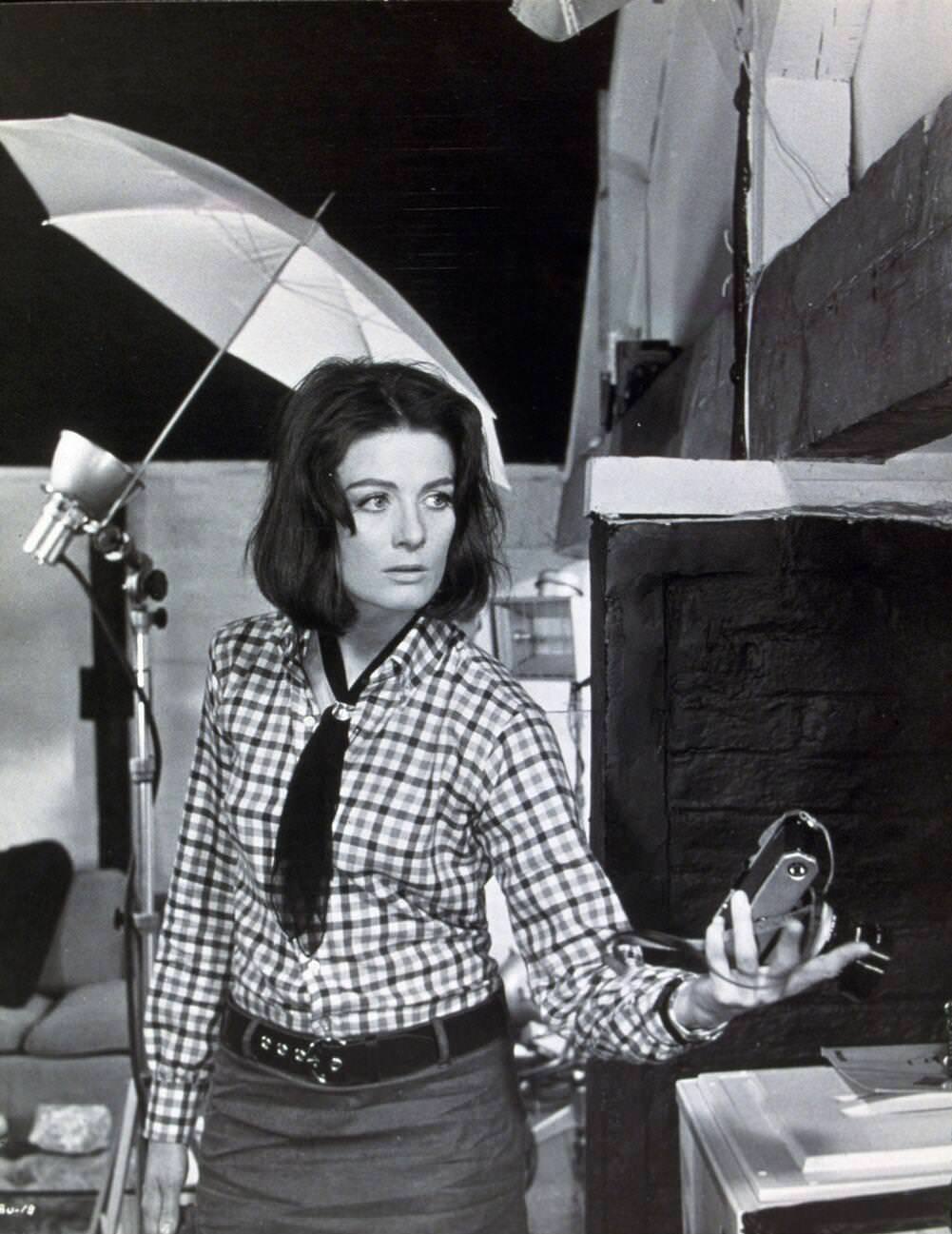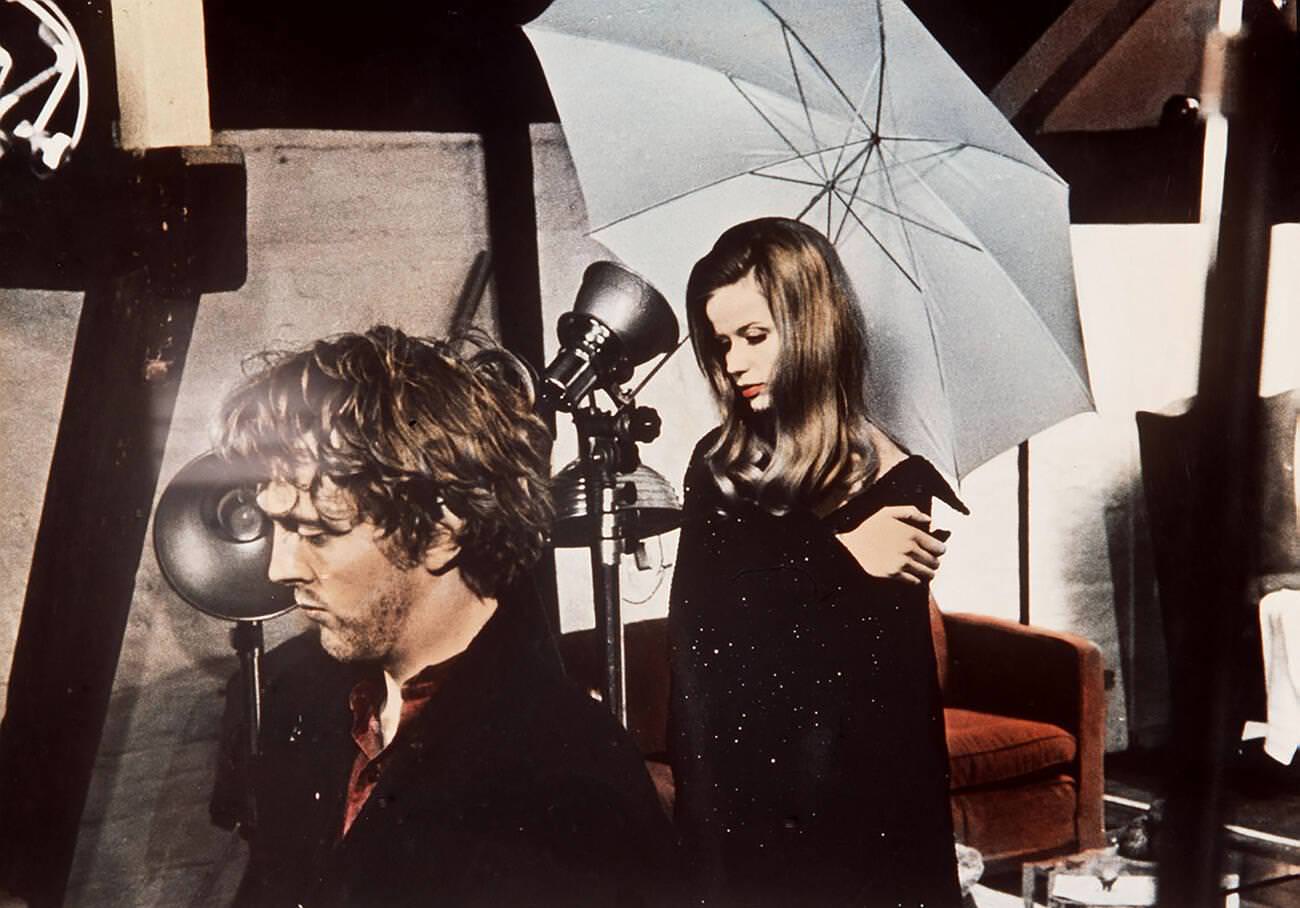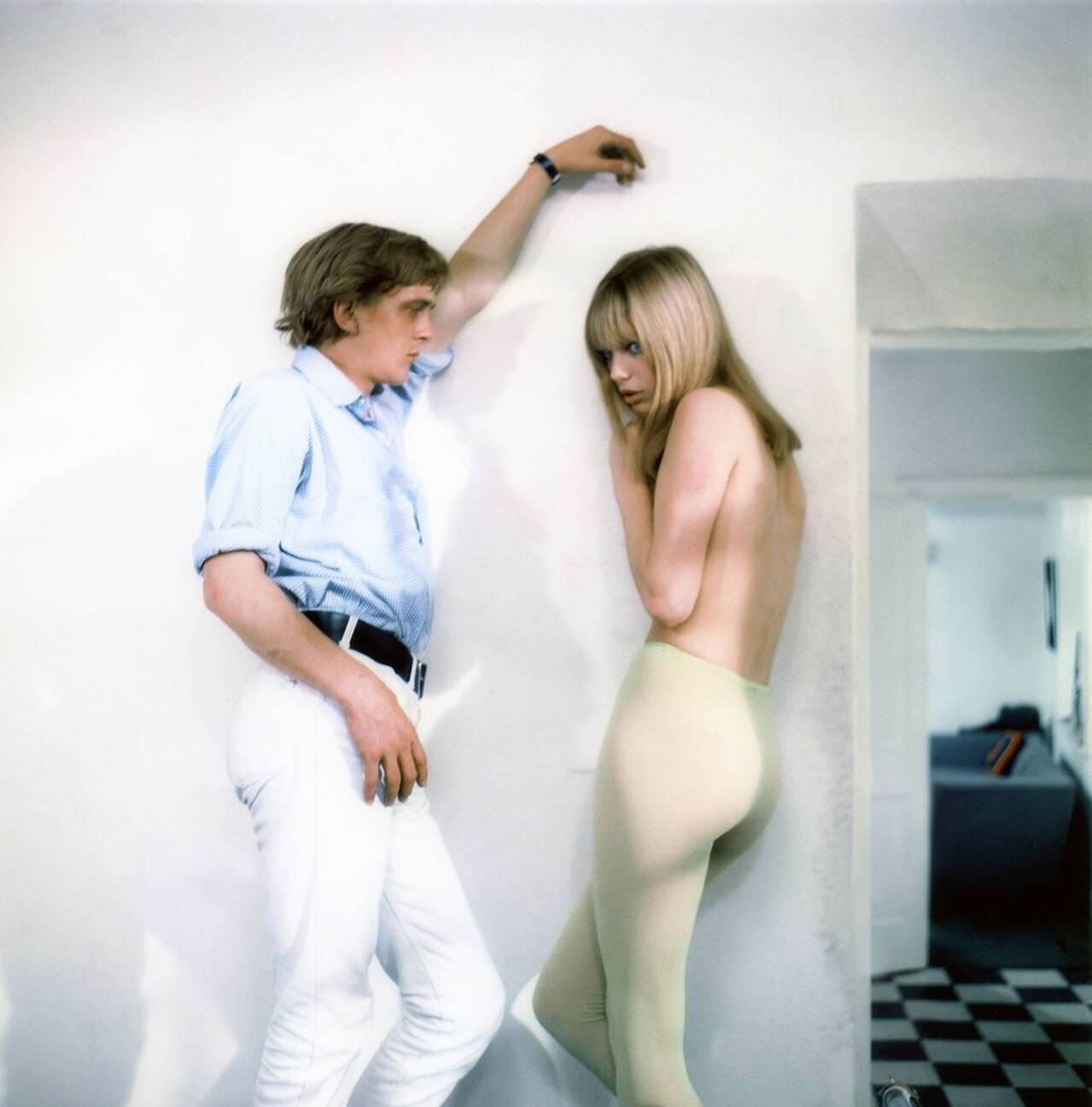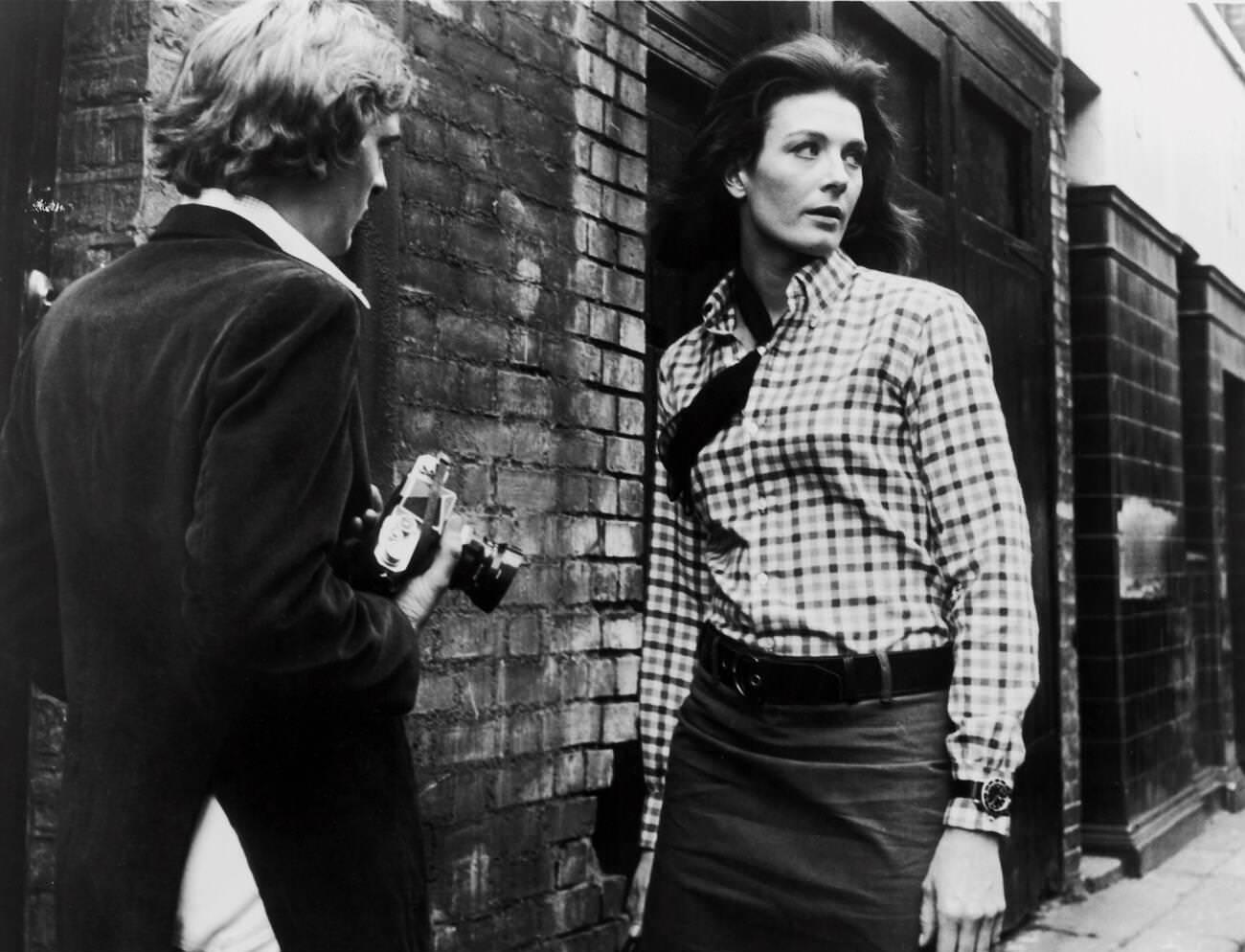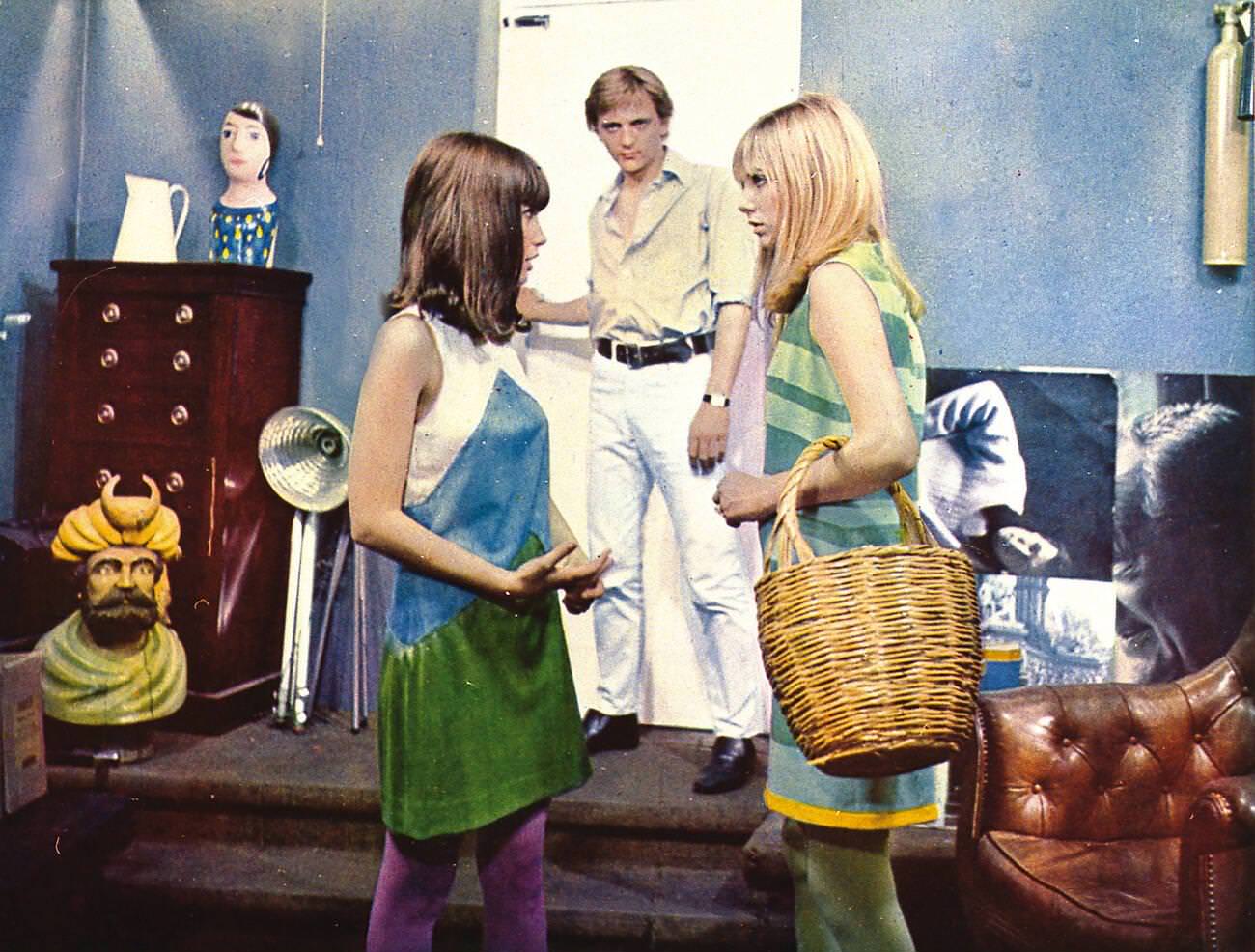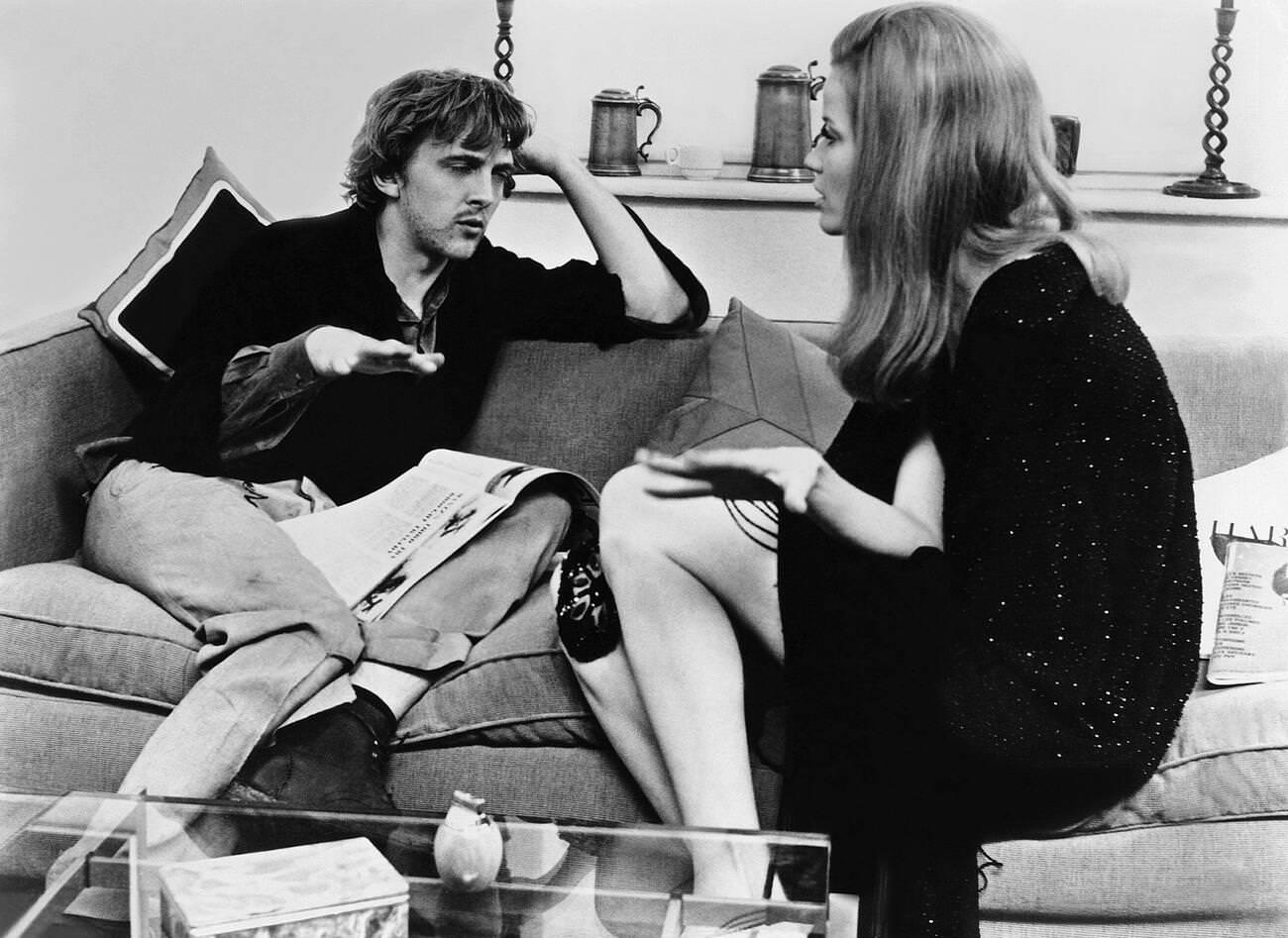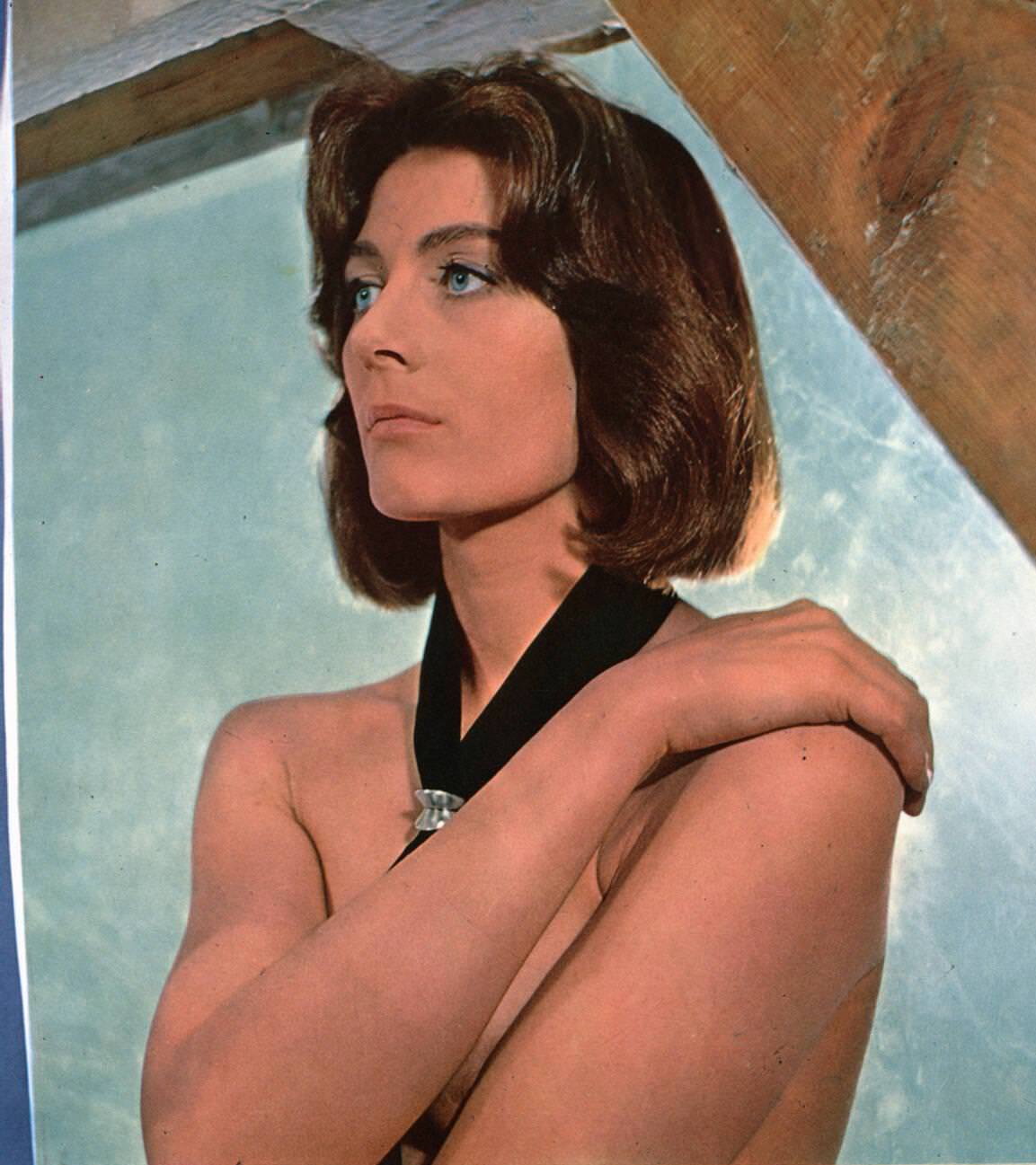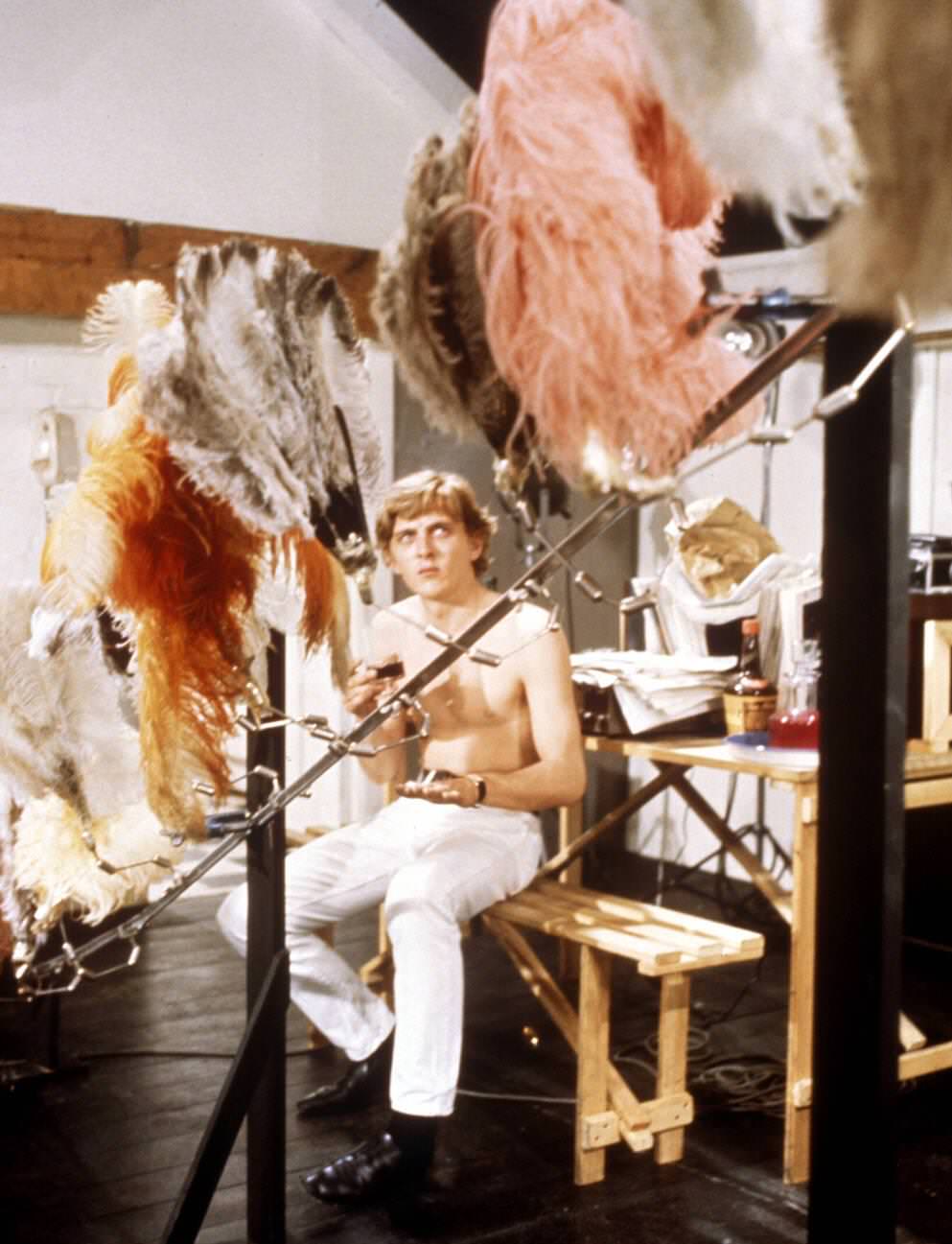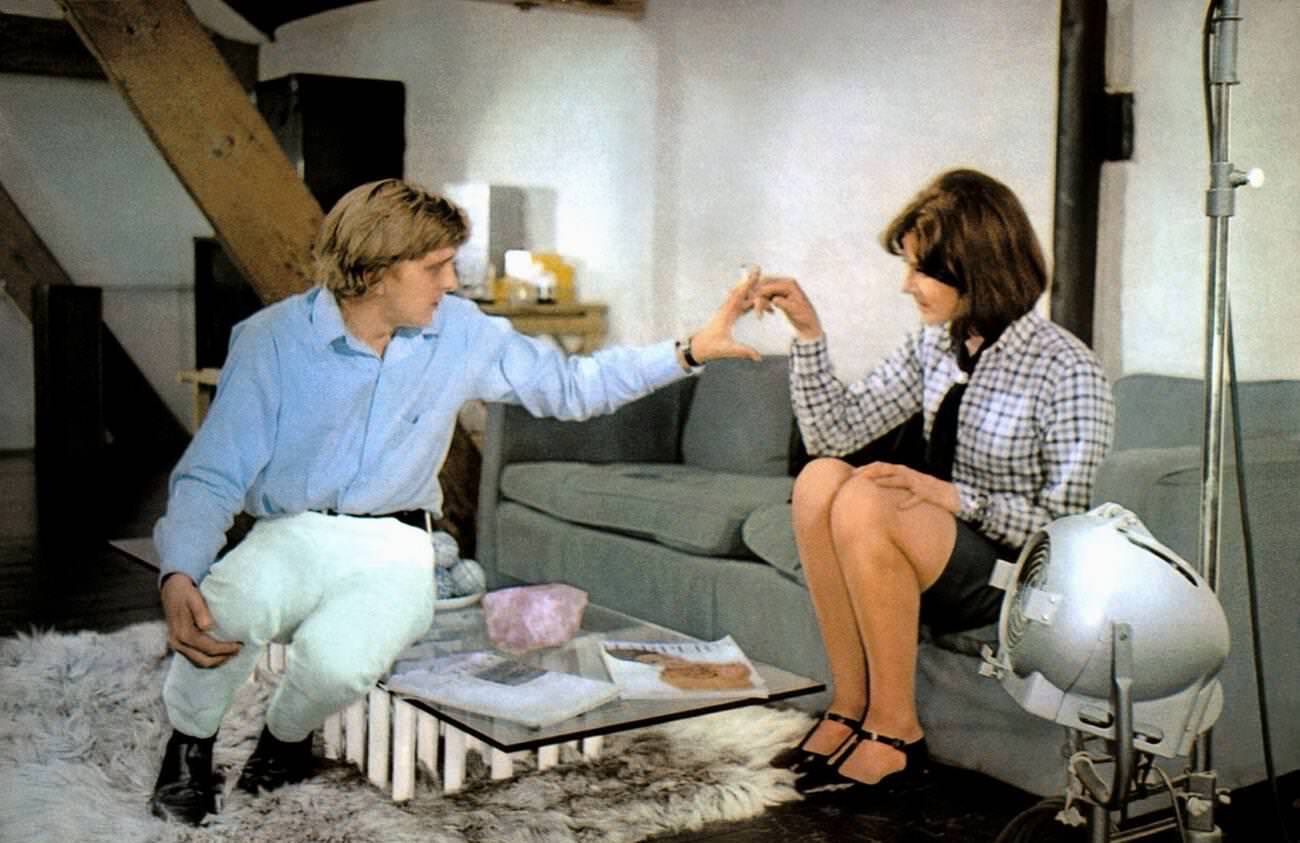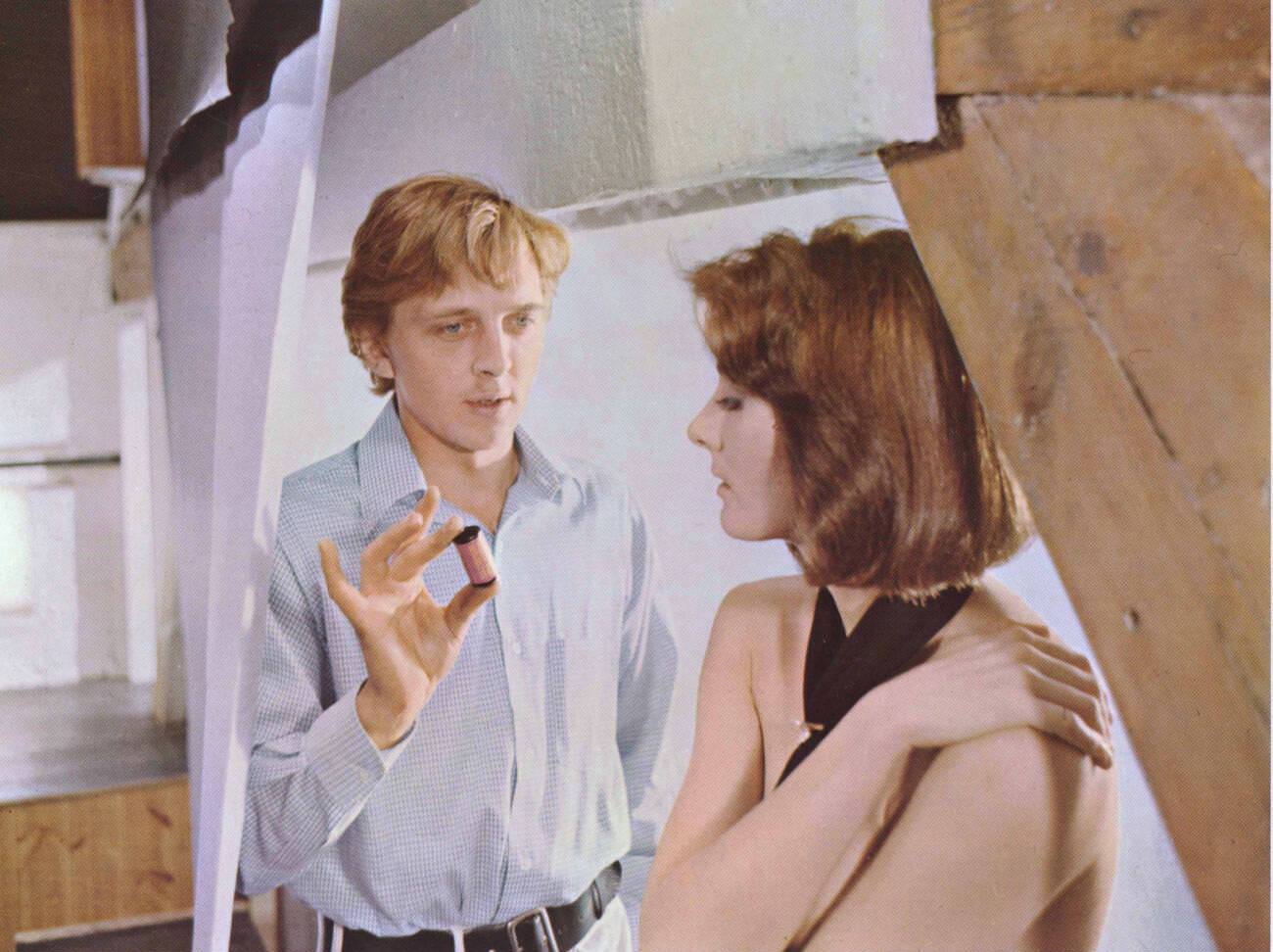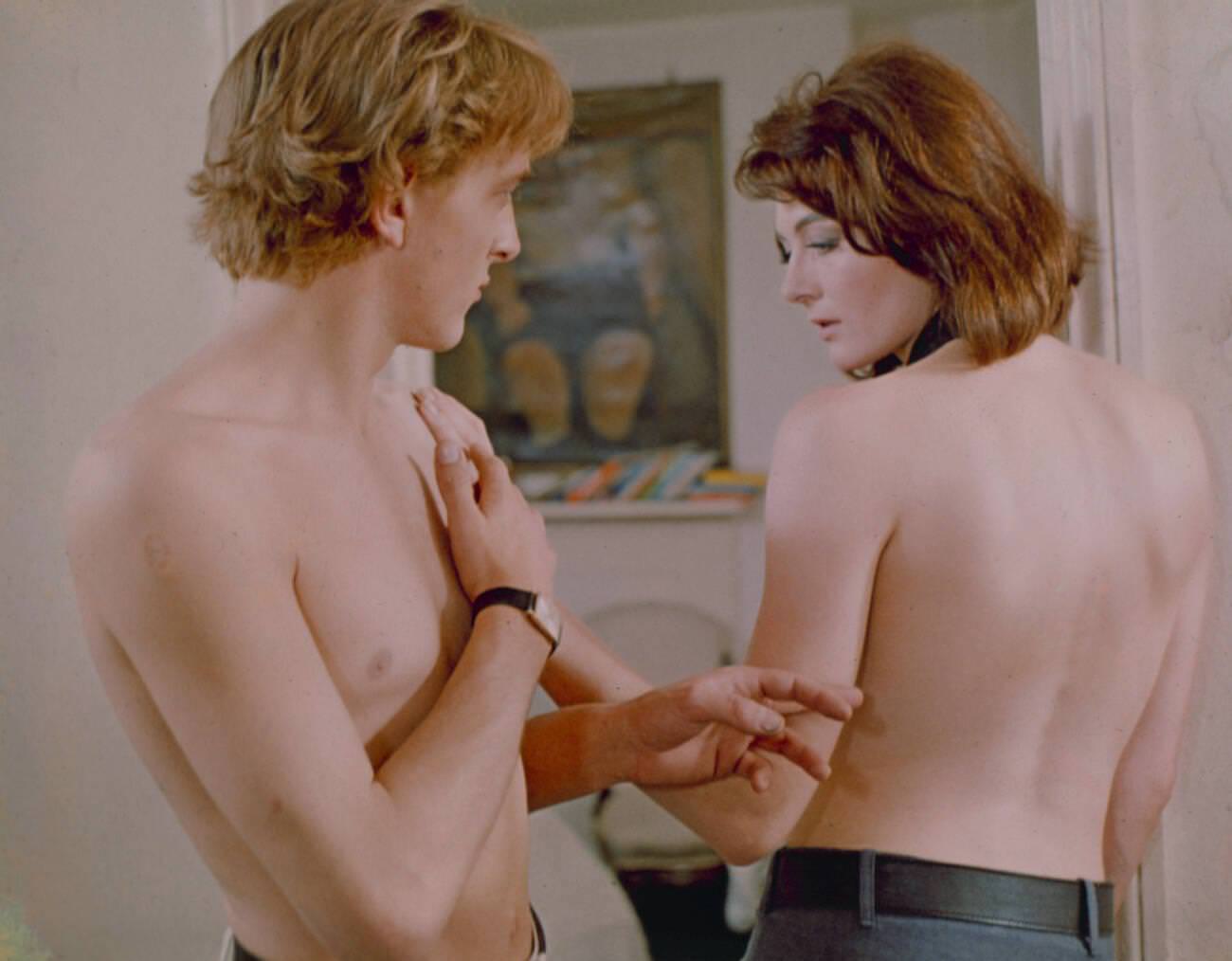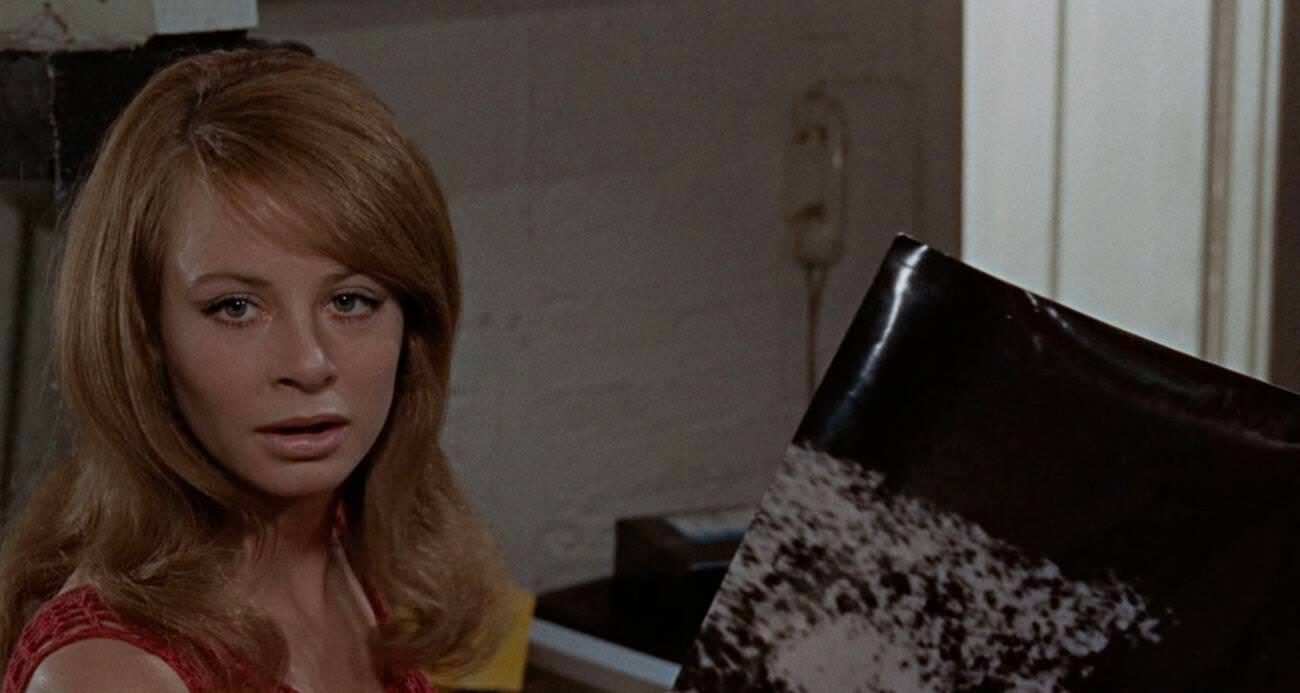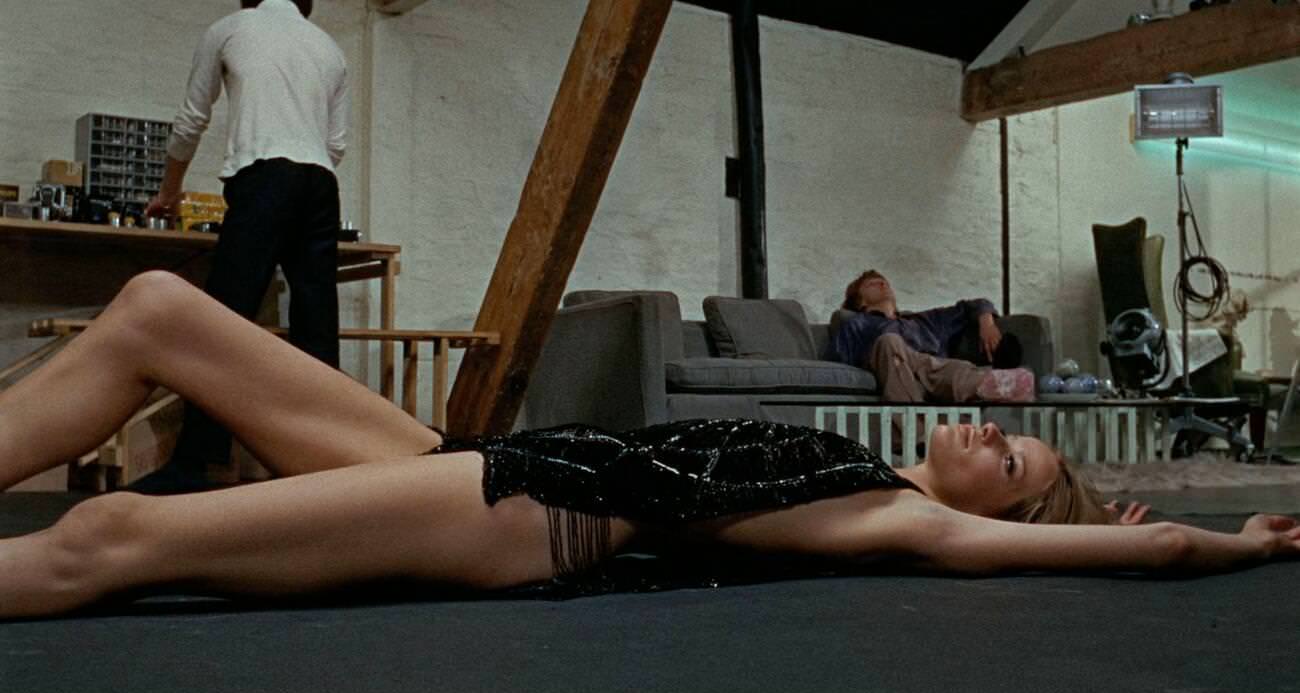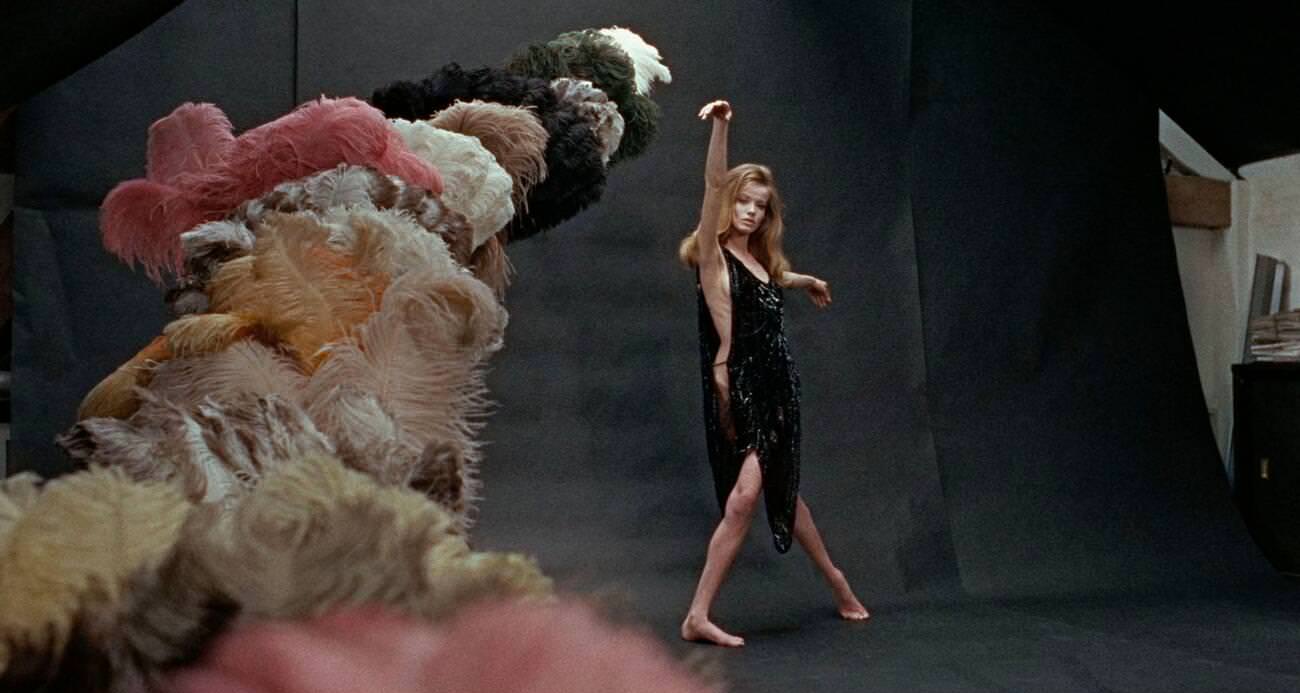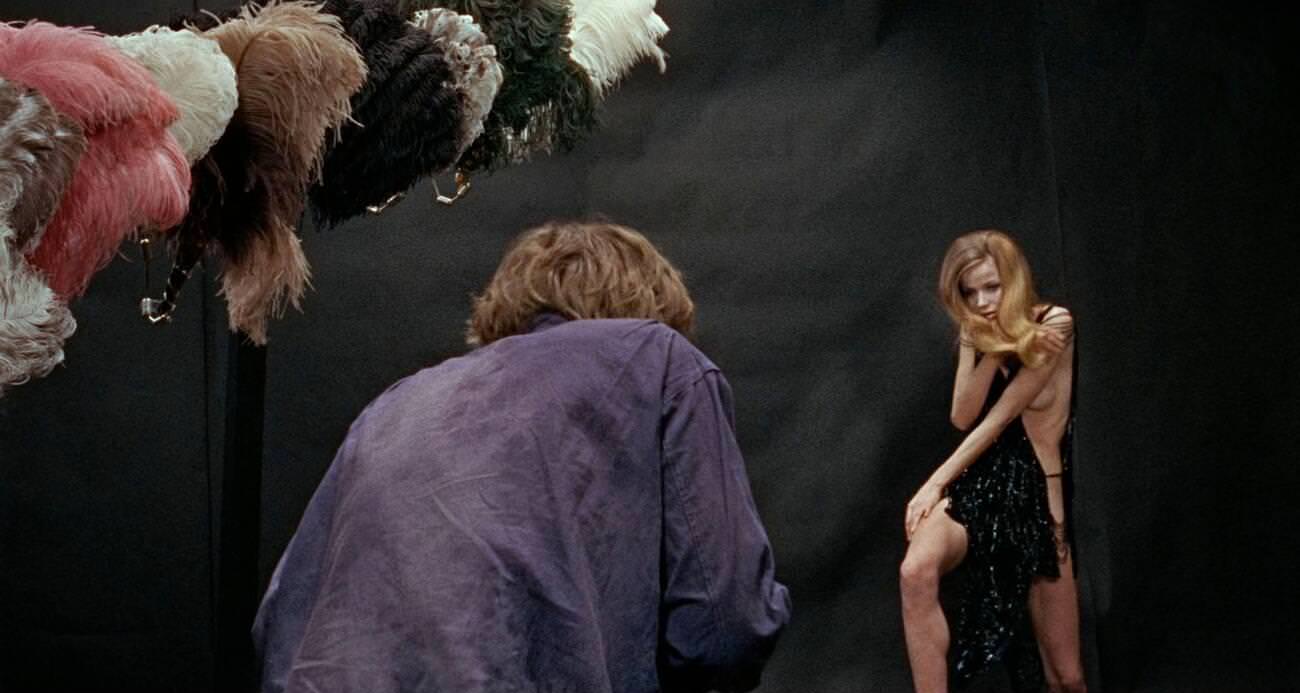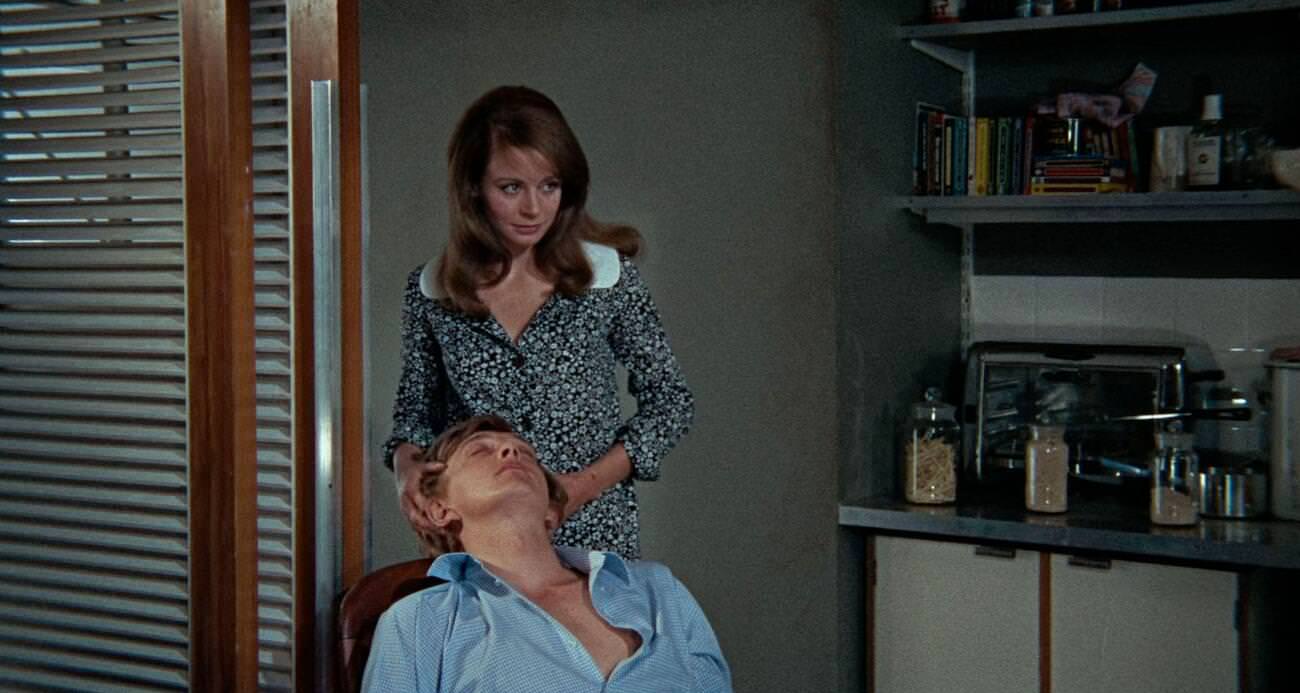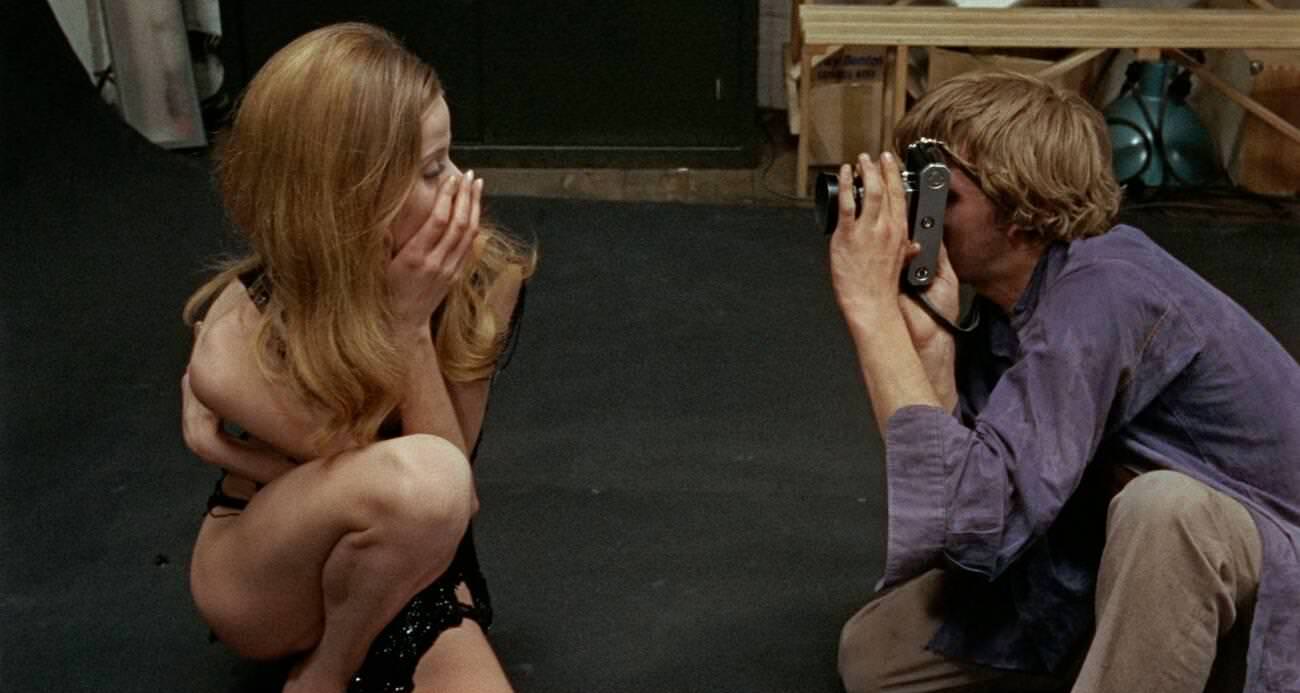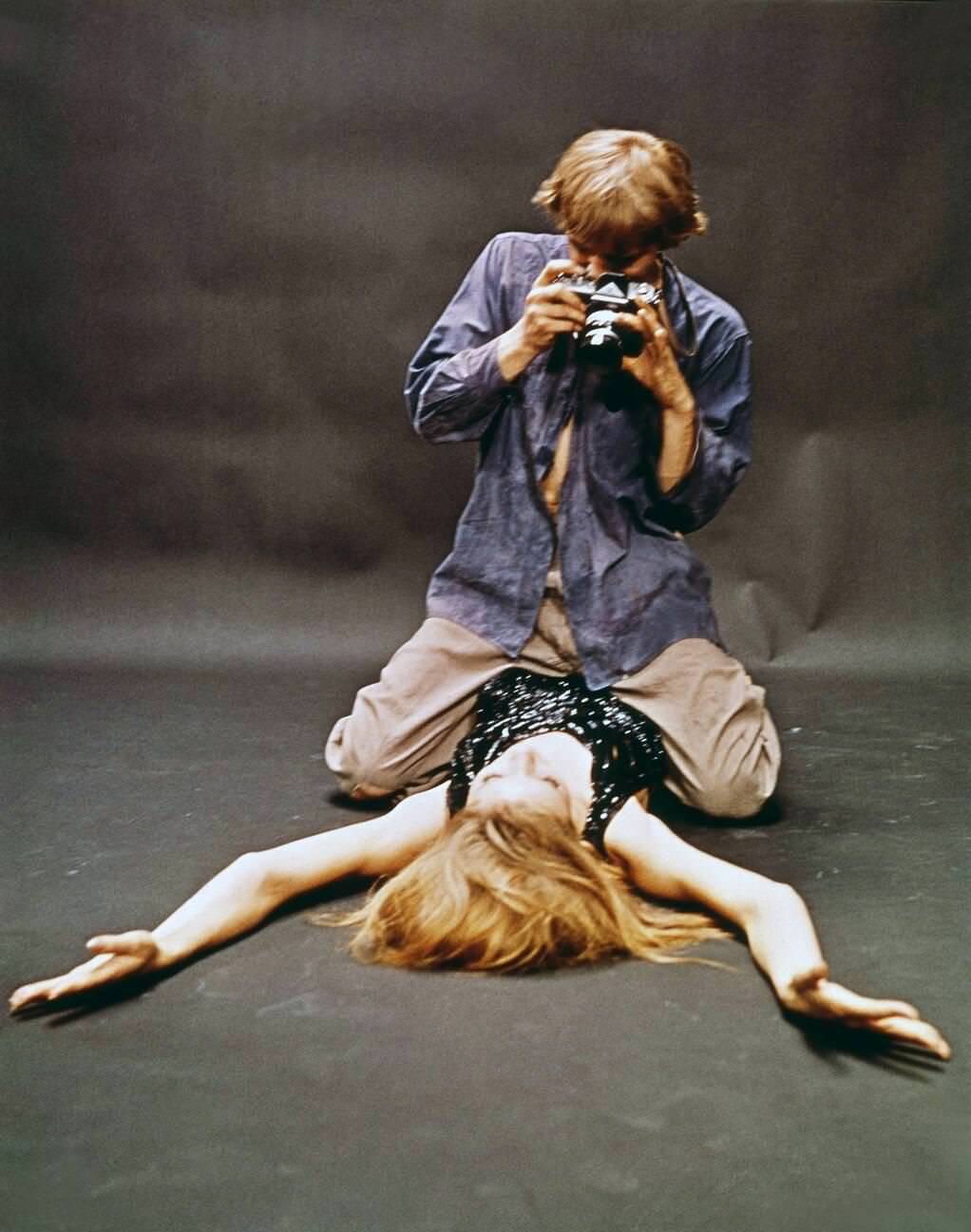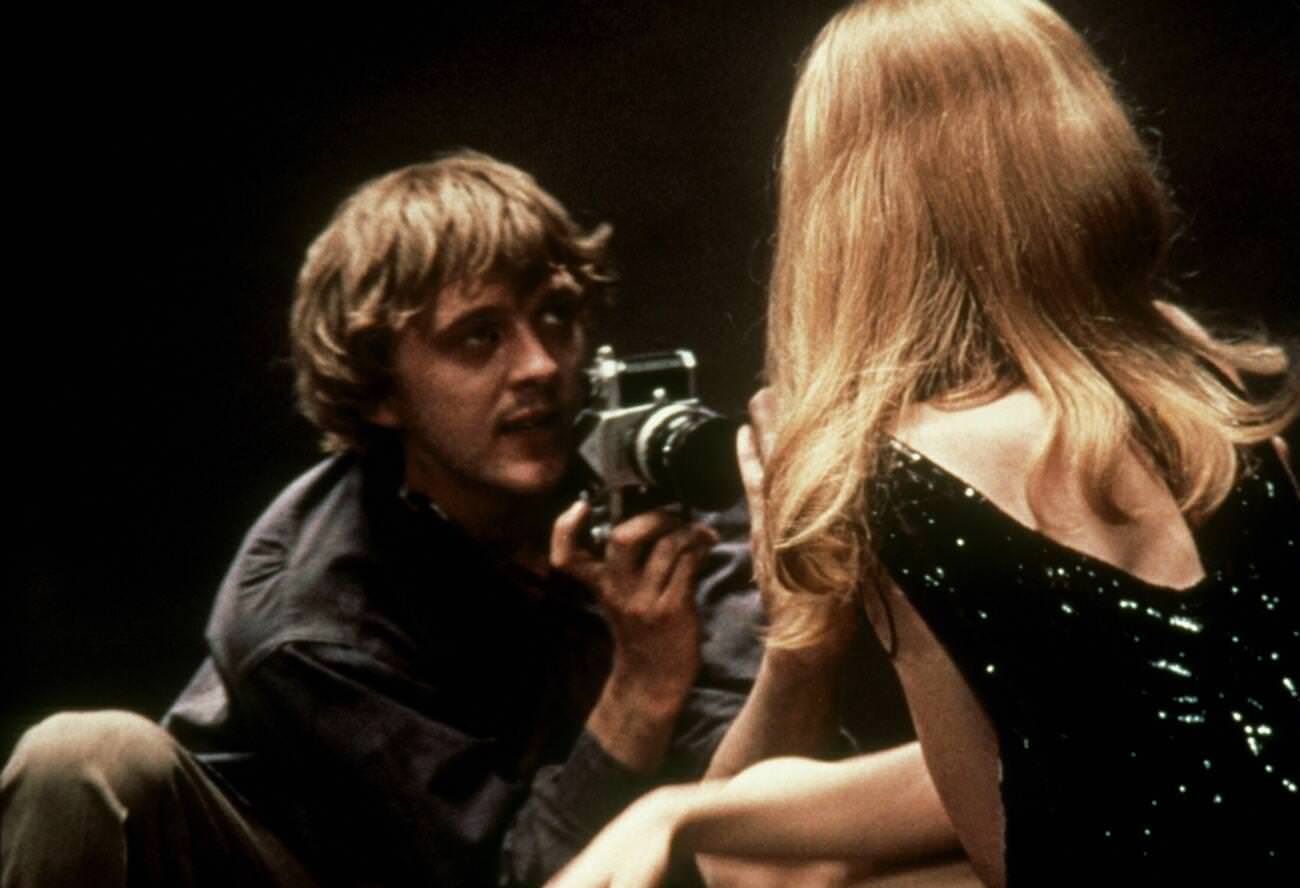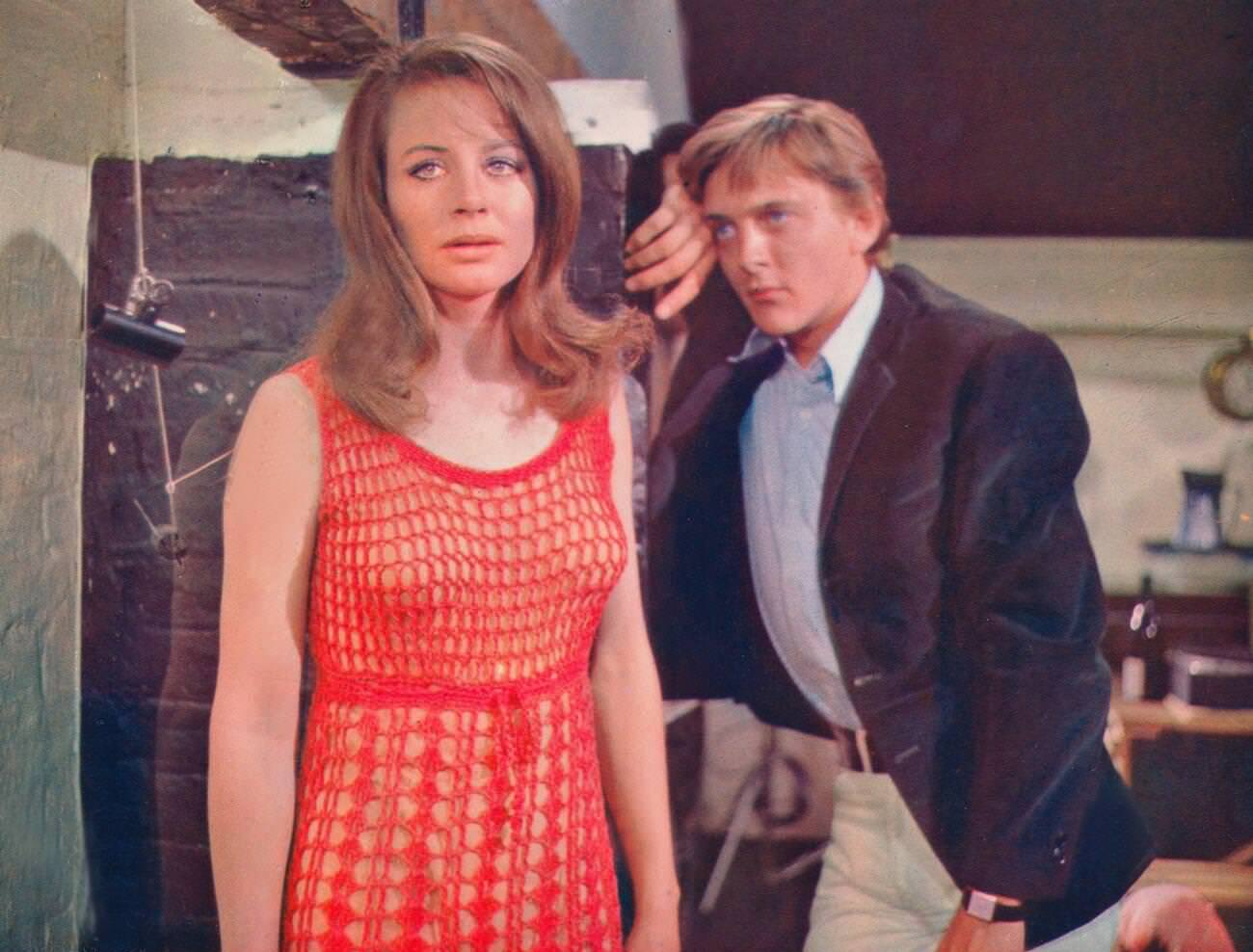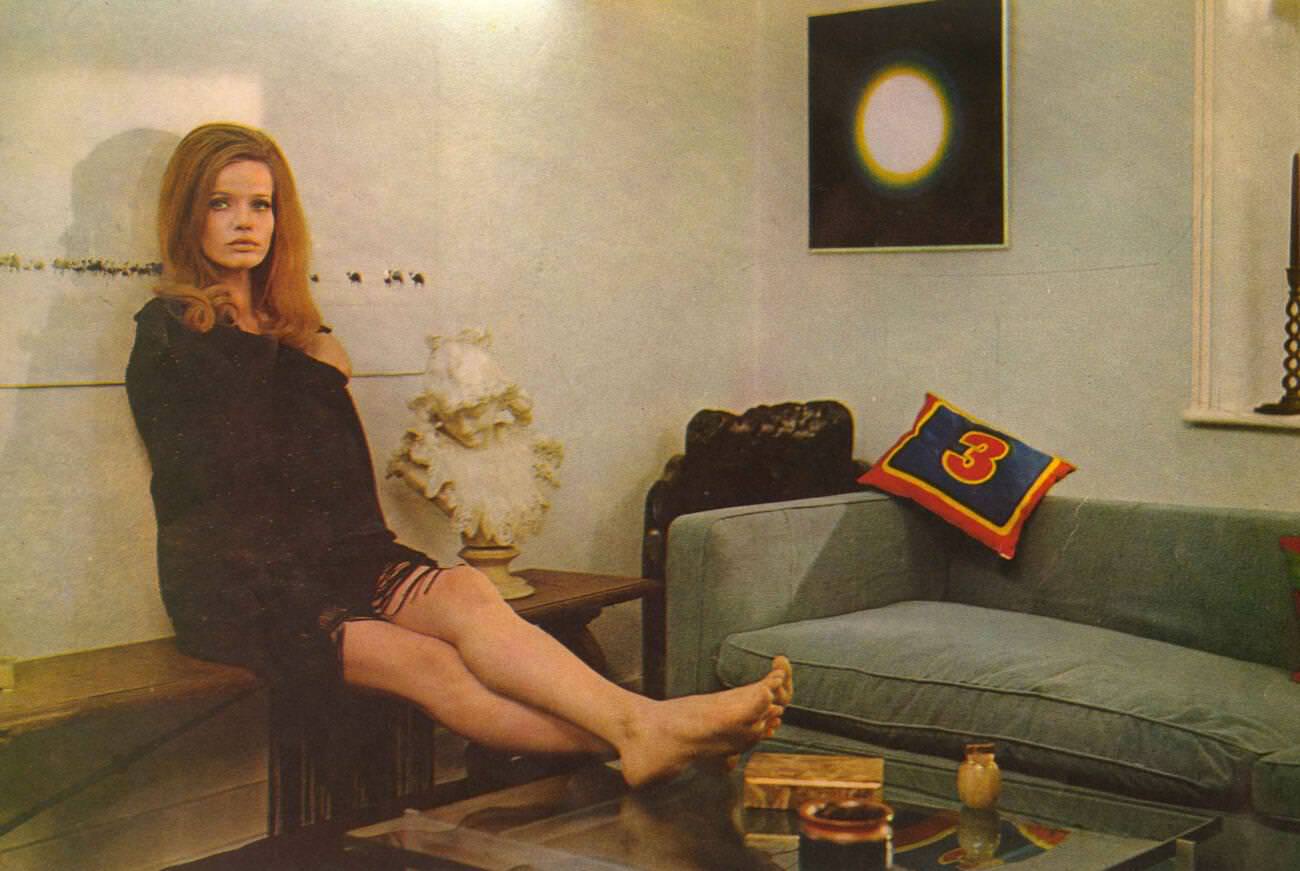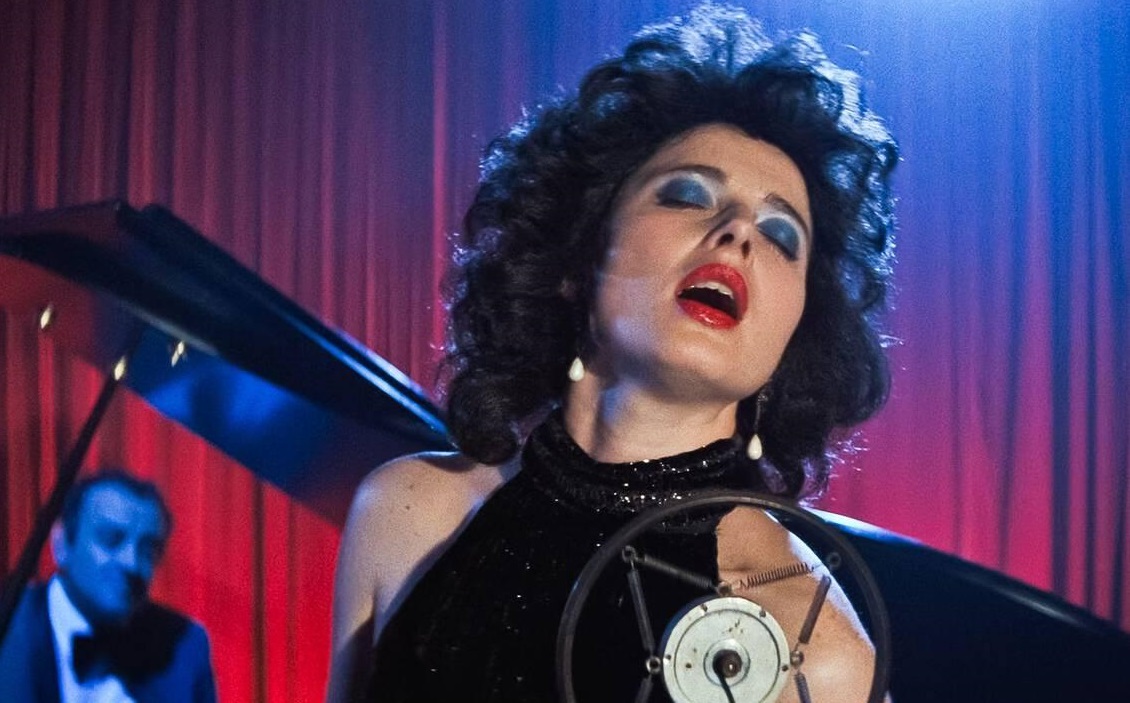Blow-Up is a British-Italian film, known for its innovative narrative and stylistic choices, delves into themes of perception, reality, and the ephemeral nature of truth. The film is set in the vibrant and swinging London of the 1960s and follows the story of Thomas, a successful and somewhat disenchanted fashion photographer, portrayed by David Hemmings. The narrative takes a mysterious turn when Thomas, after taking photographs in a park, believes he has inadvertently captured evidence of a murder. The film then follows his obsessive pursuit to uncover the truth, leading him down a rabbit hole of ambiguity and uncertainty.
Obsession, Reality, and Illusion
“Blow-Up” is rich in thematic content, primarily focusing on the concept of reality versus illusion. The film challenges the viewer’s perception of truth and the reliability of what they see. Antonioni skillfully blurs the lines between the real and the imagined, leaving the audience to question the validity of the protagonist’s (and their own) perceptions. The theme of obsession is also central to the film, as Thomas becomes increasingly consumed by the images he captured, symbolizing the human tendency to find meaning amidst chaos.
Visual Mastery and Symbolic Imagery
Antonioni’s direction is characterized by a distinctive visual style that contributes significantly to the film’s thematic depth. The use of vibrant colors, meticulous composition, and the interplay of light and shadow are striking. The film is also noted for its innovative use of photography, both as a plot device and a symbolic element, reflecting the era’s fascination with visual media. The ambiguous ending, devoid of any definitive resolution, adds to the film’s enigmatic quality.
Cinematography and Sound Design
The cinematography in “Blow-Up” is a critical element of its storytelling. The camera work, often voyeuristic and detached, mirrors the protagonist’s perspective, and adds to the film’s sense of alienation and disconnection. The sound design, or notable lack thereof, plays with silence and ambient sounds to create a sense of realism and immersion in bustling 1960s London.
Performance and Characters
David Hemmings delivers a compelling performance as Thomas, bringing depth and nuance to the character. The supporting cast, including Vanessa Redgrave, Sarah Miles, and Jane Birkin, contribute significantly to the film’s enigmatic tone. Their performances complement the film’s exploration of the elusive nature of truth and the complexity of human perception.


